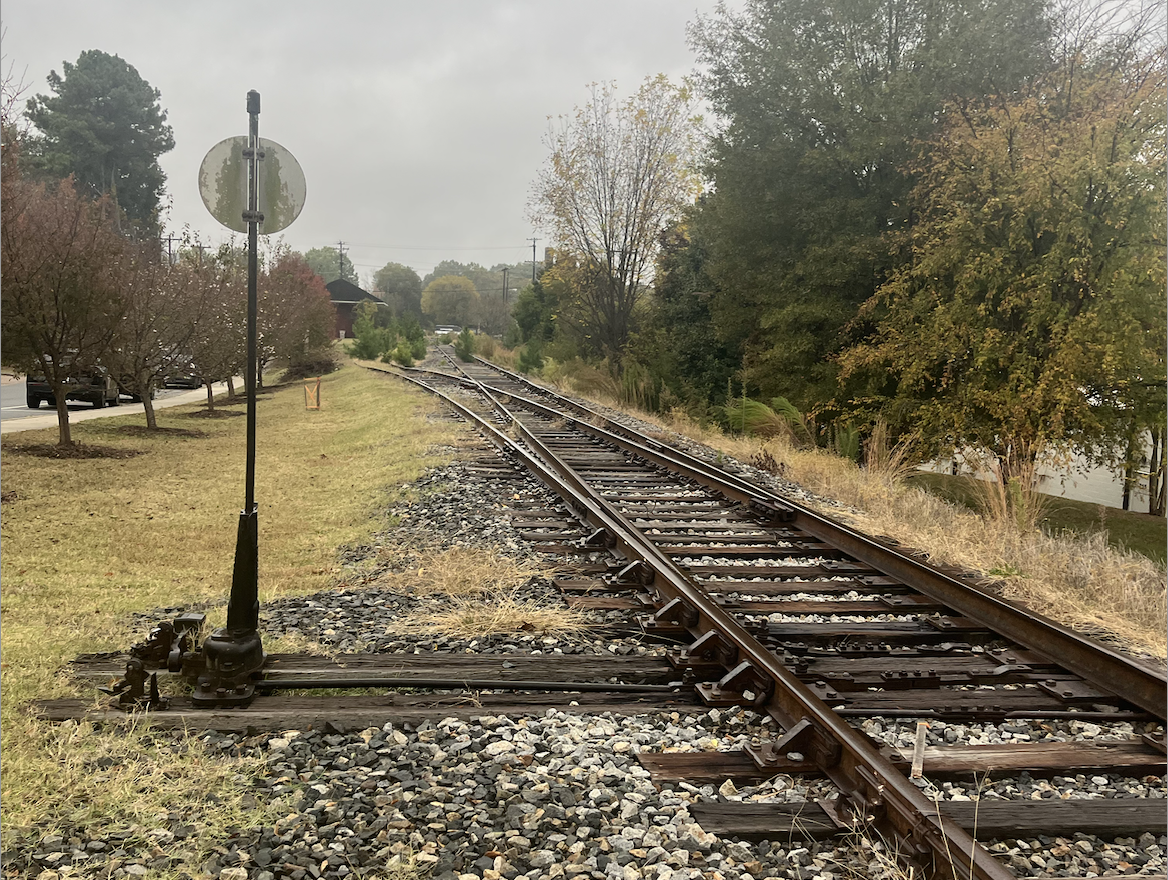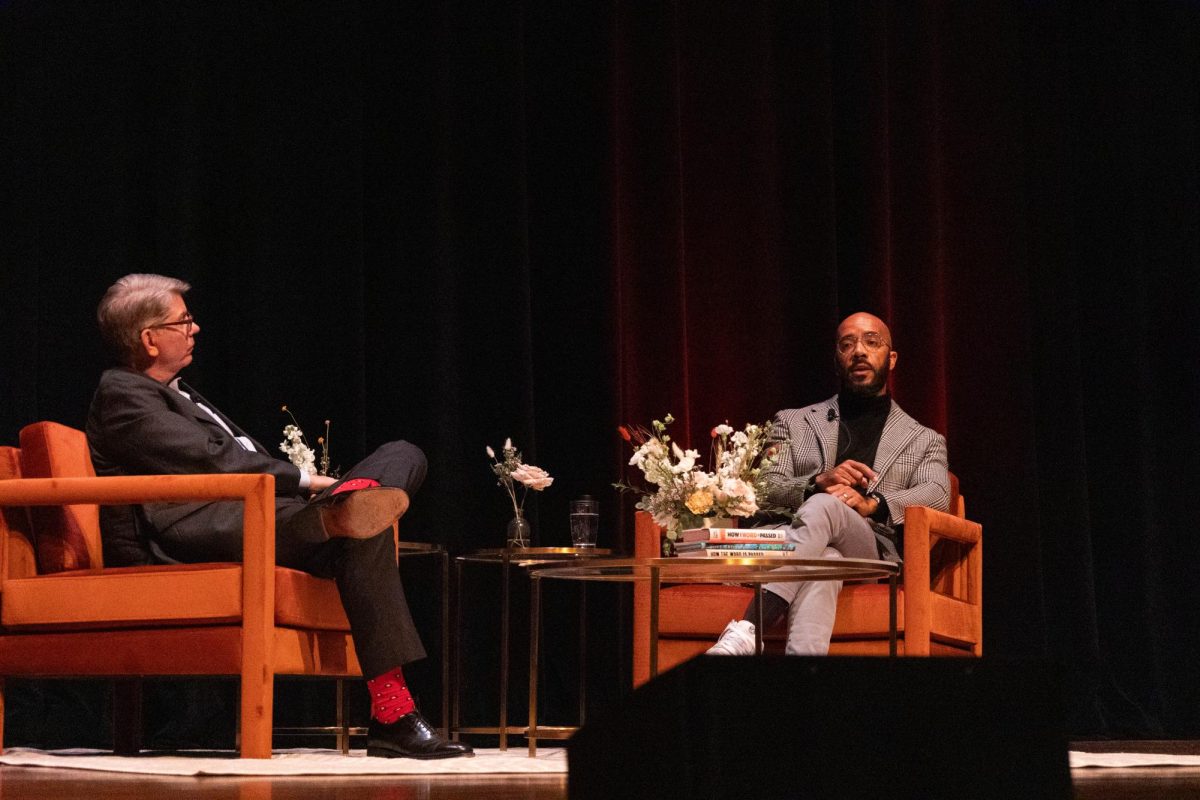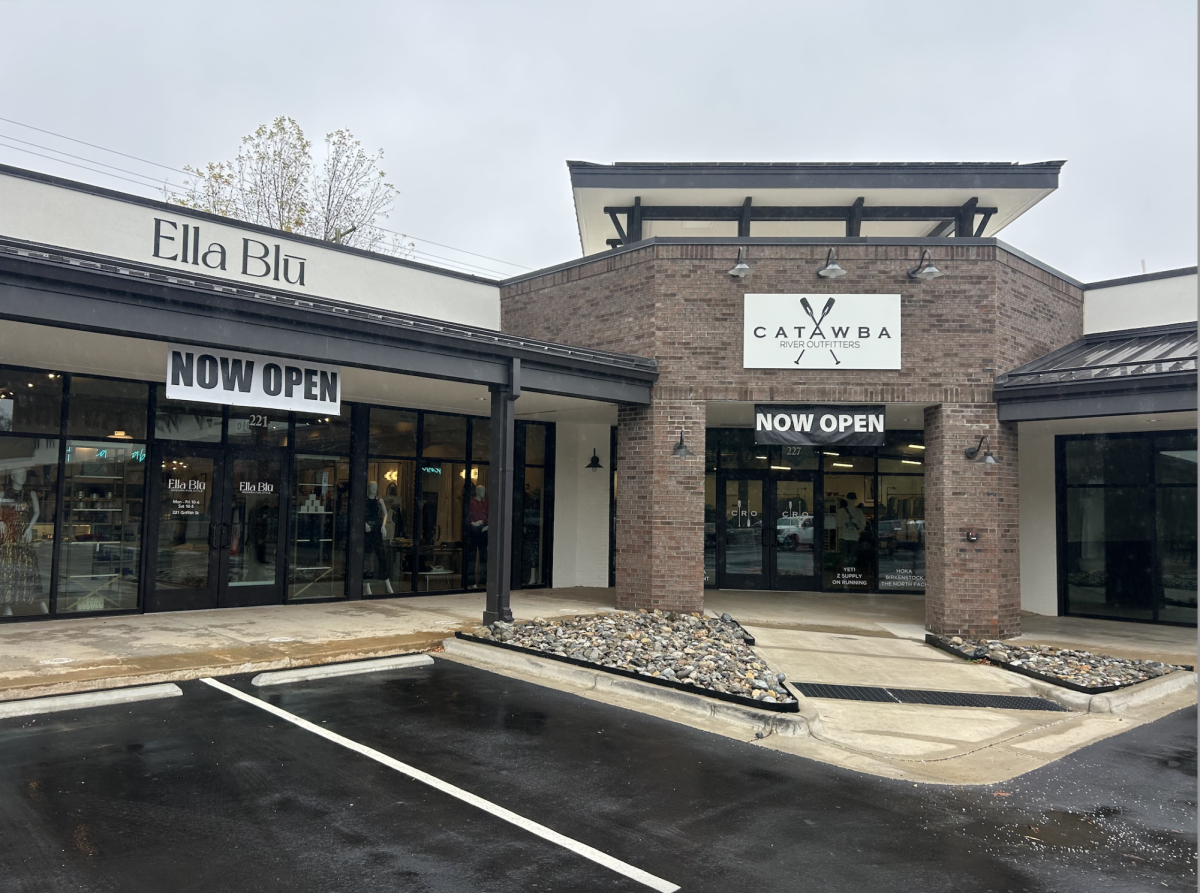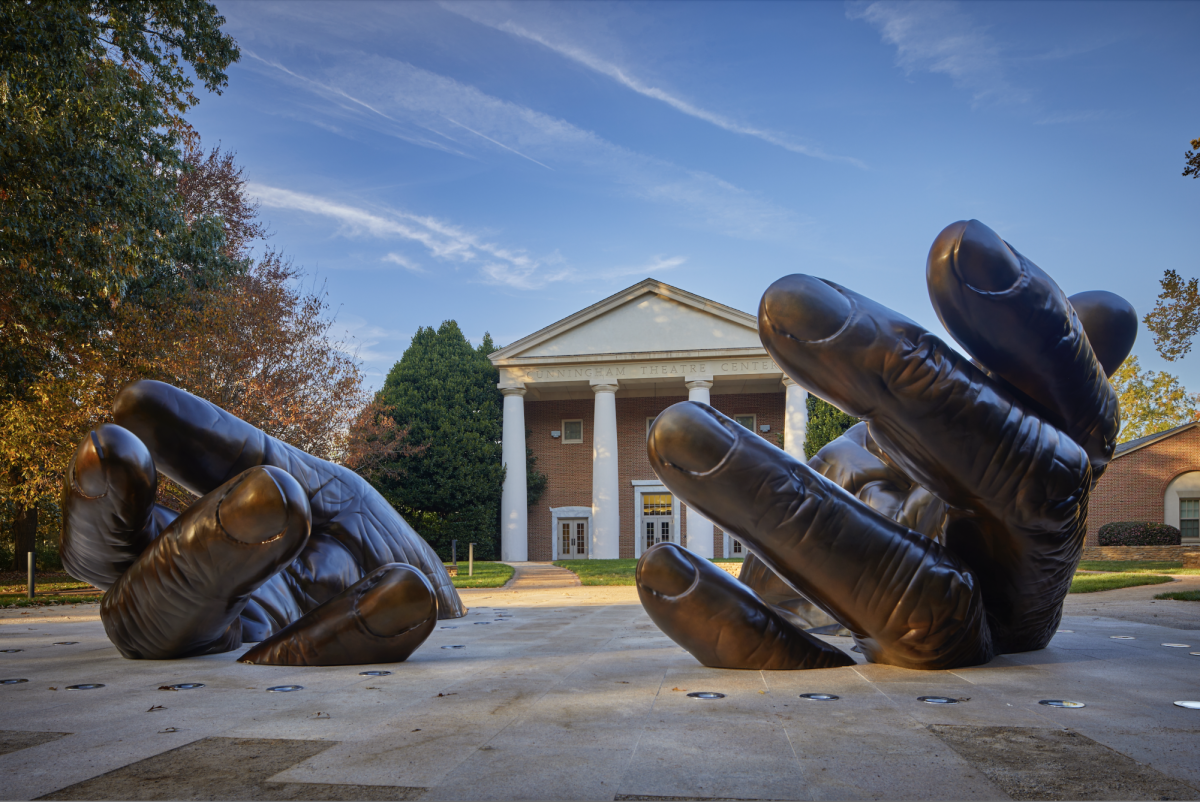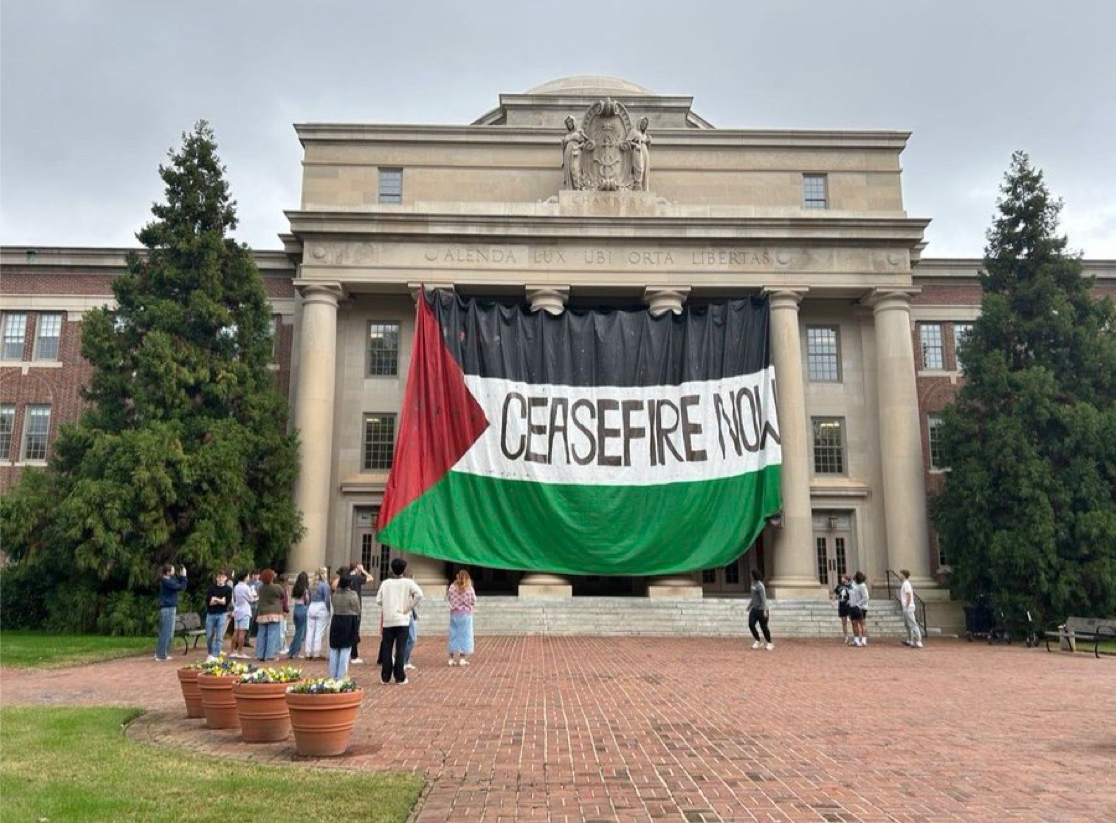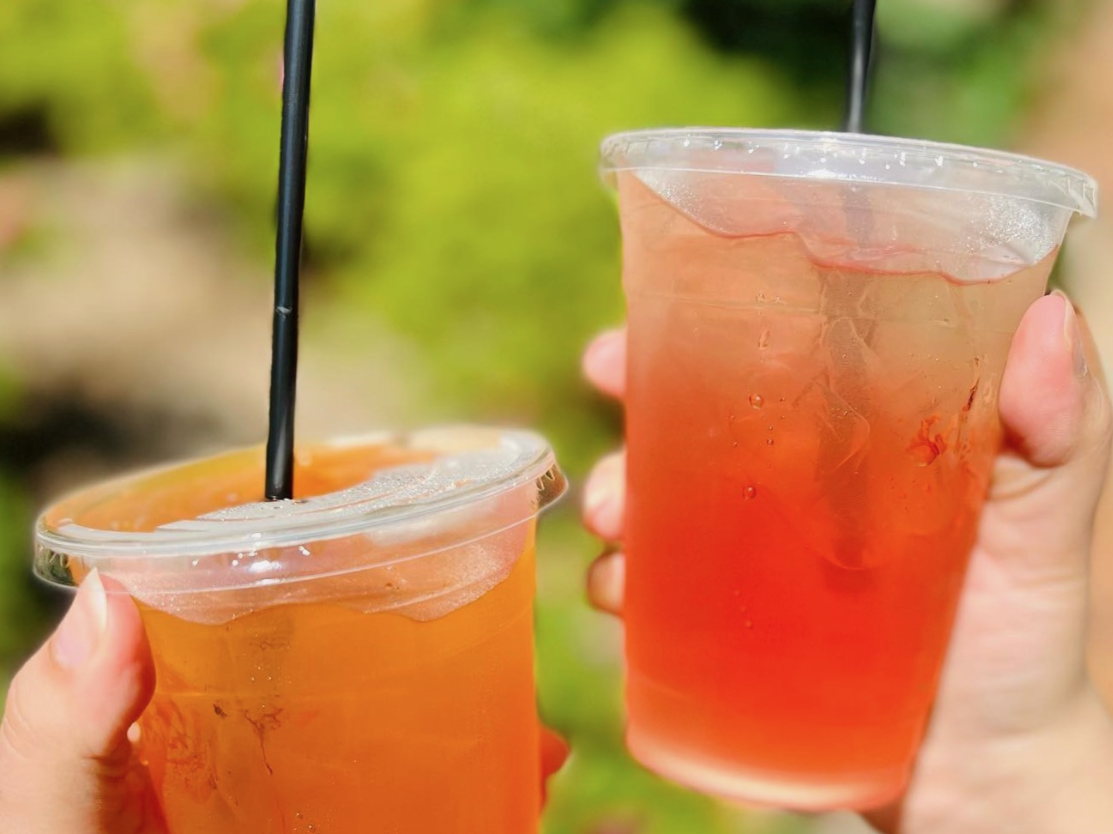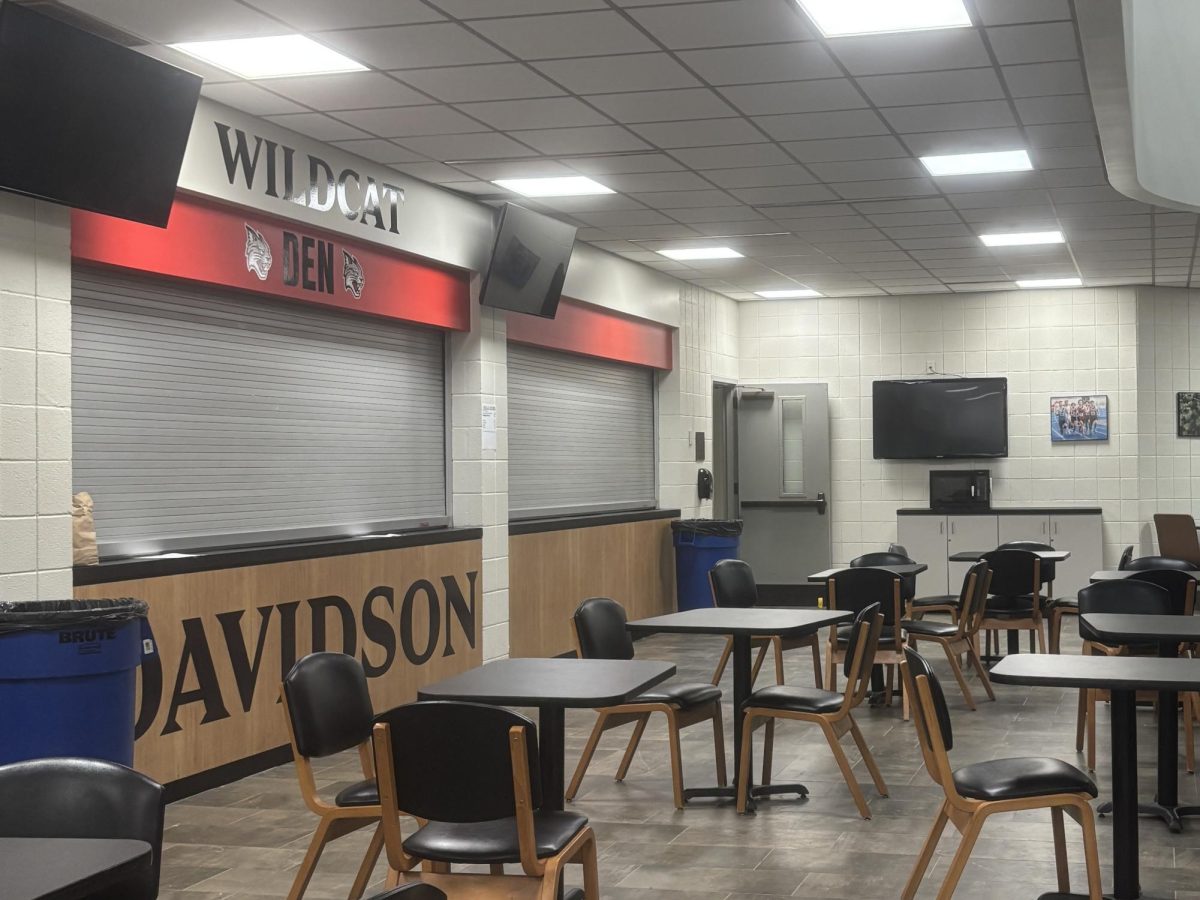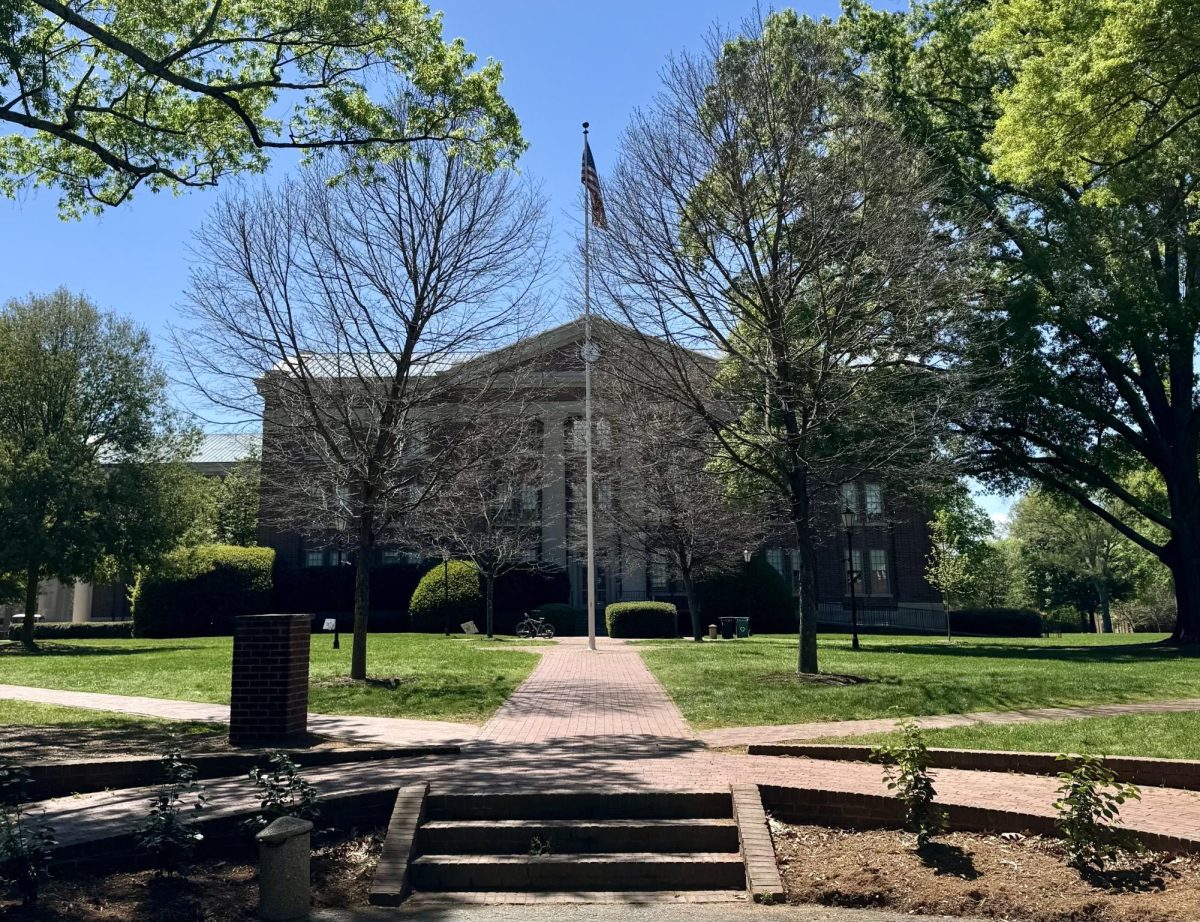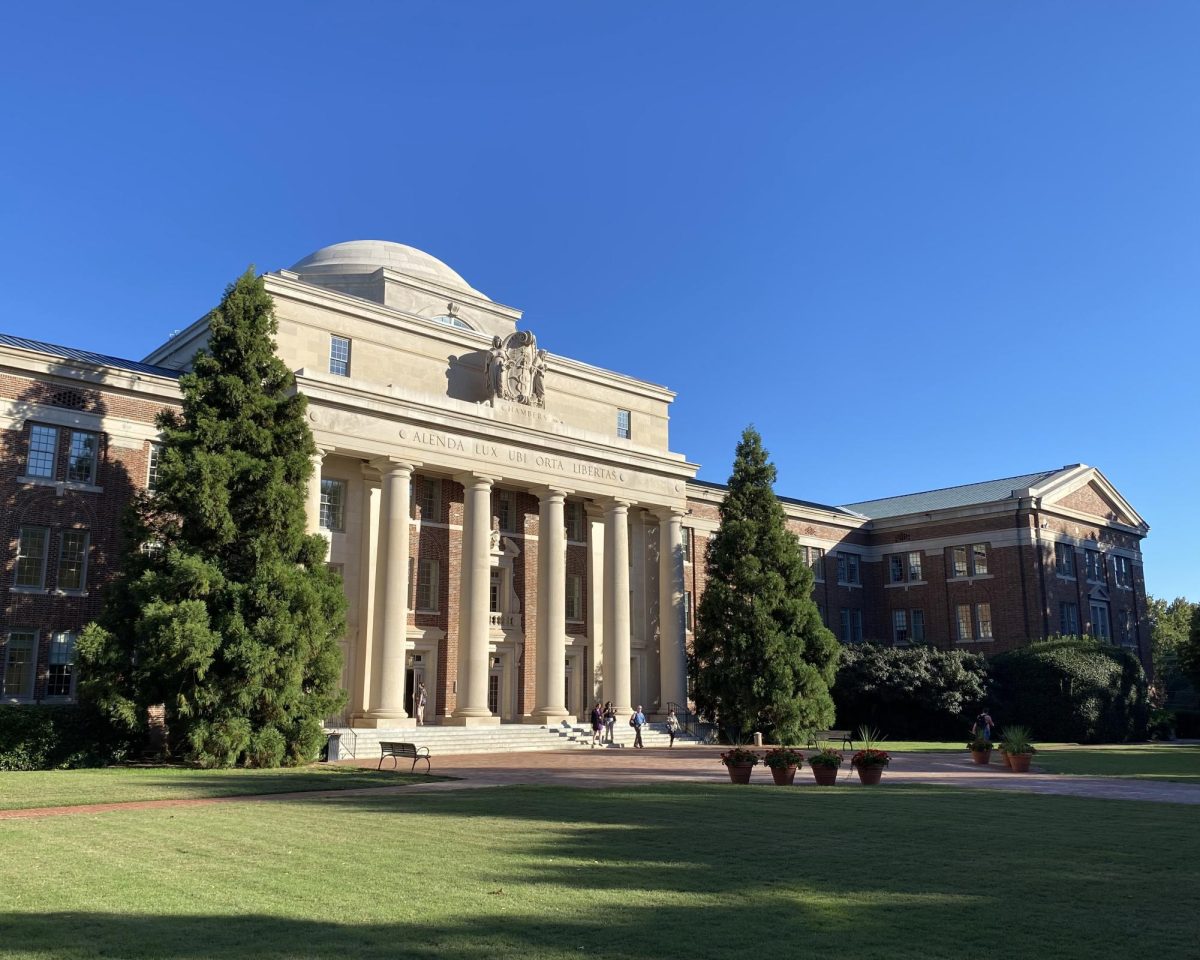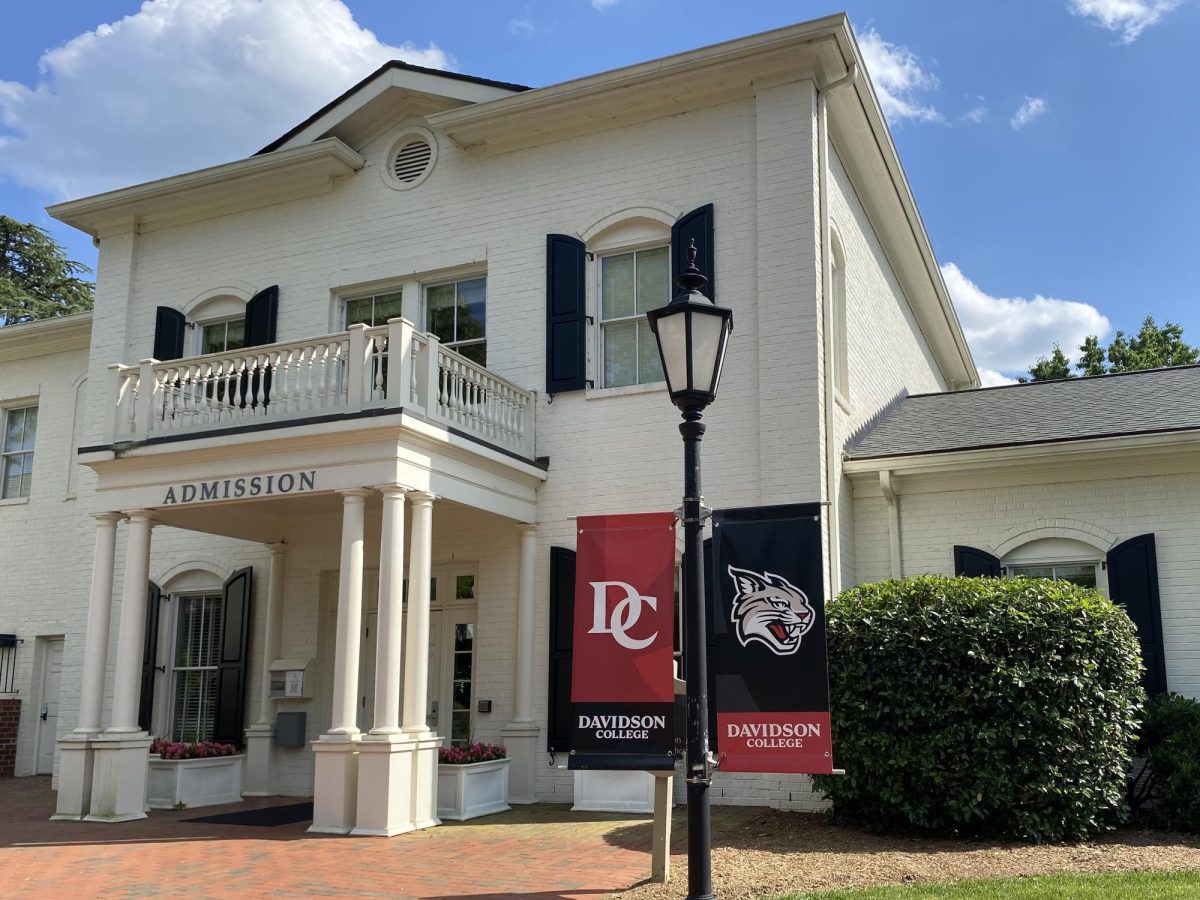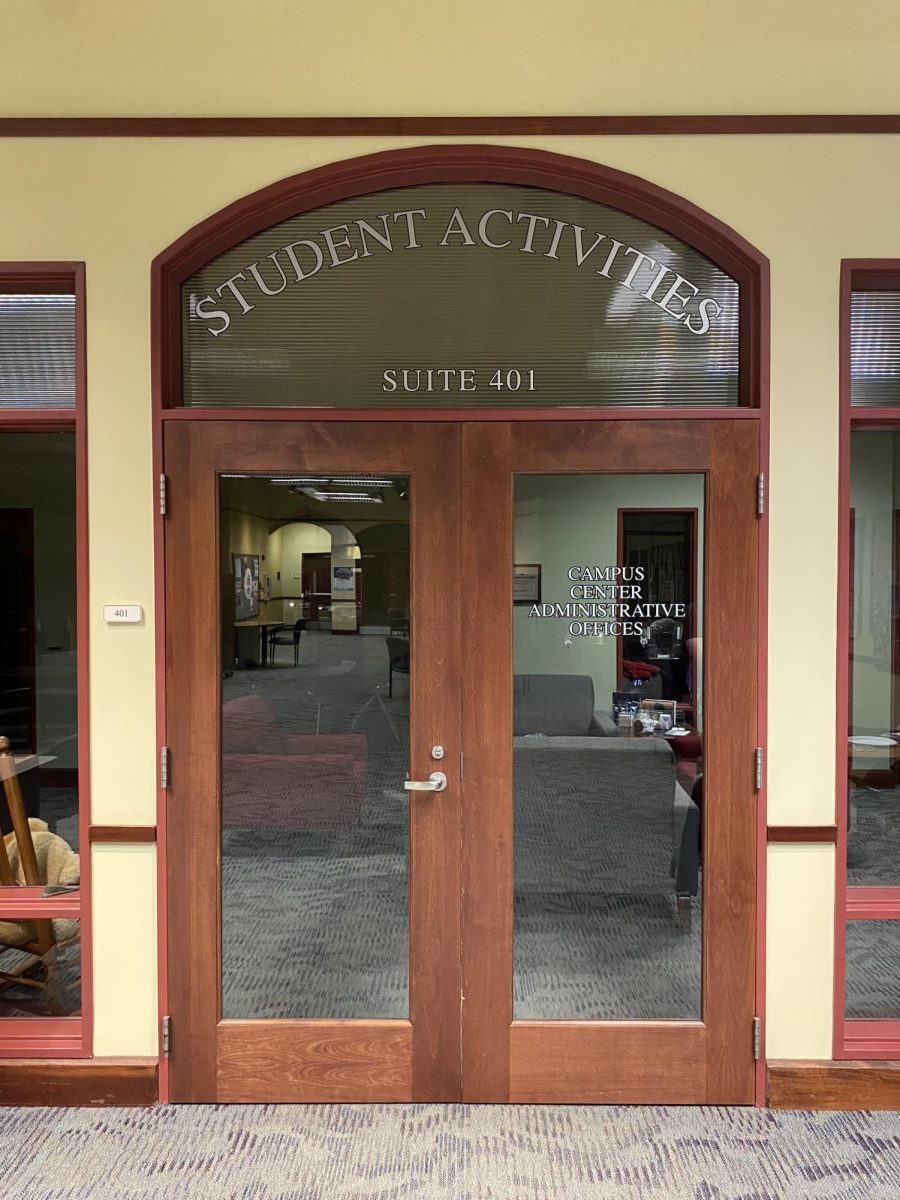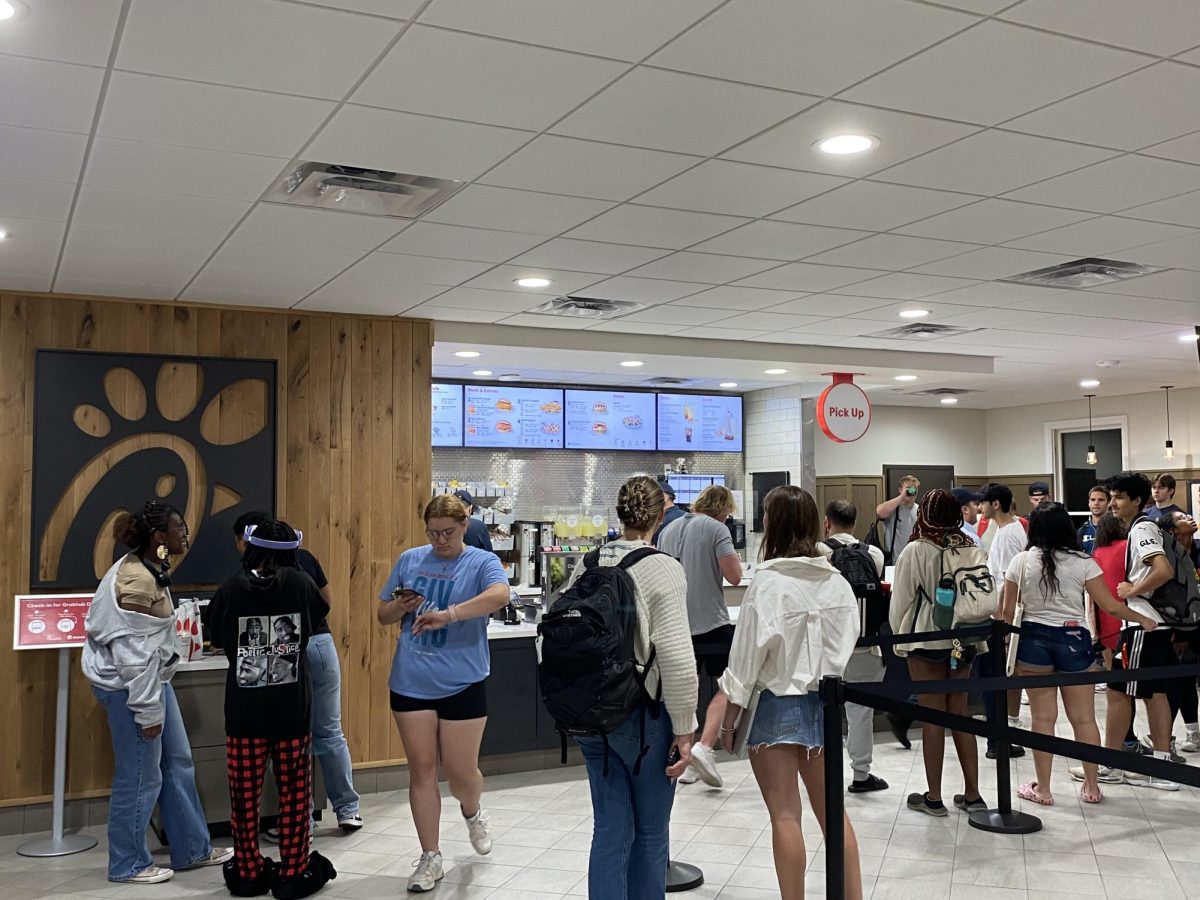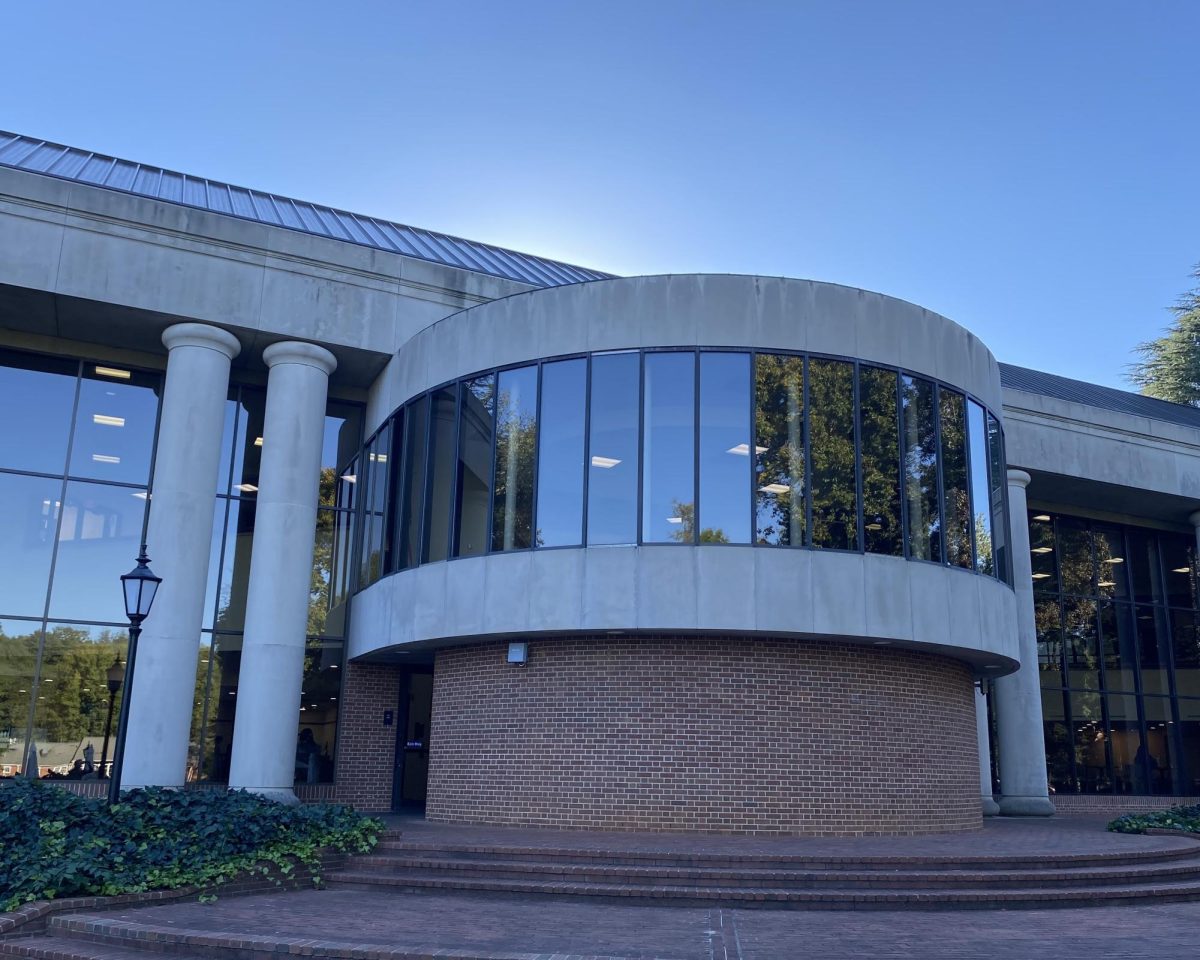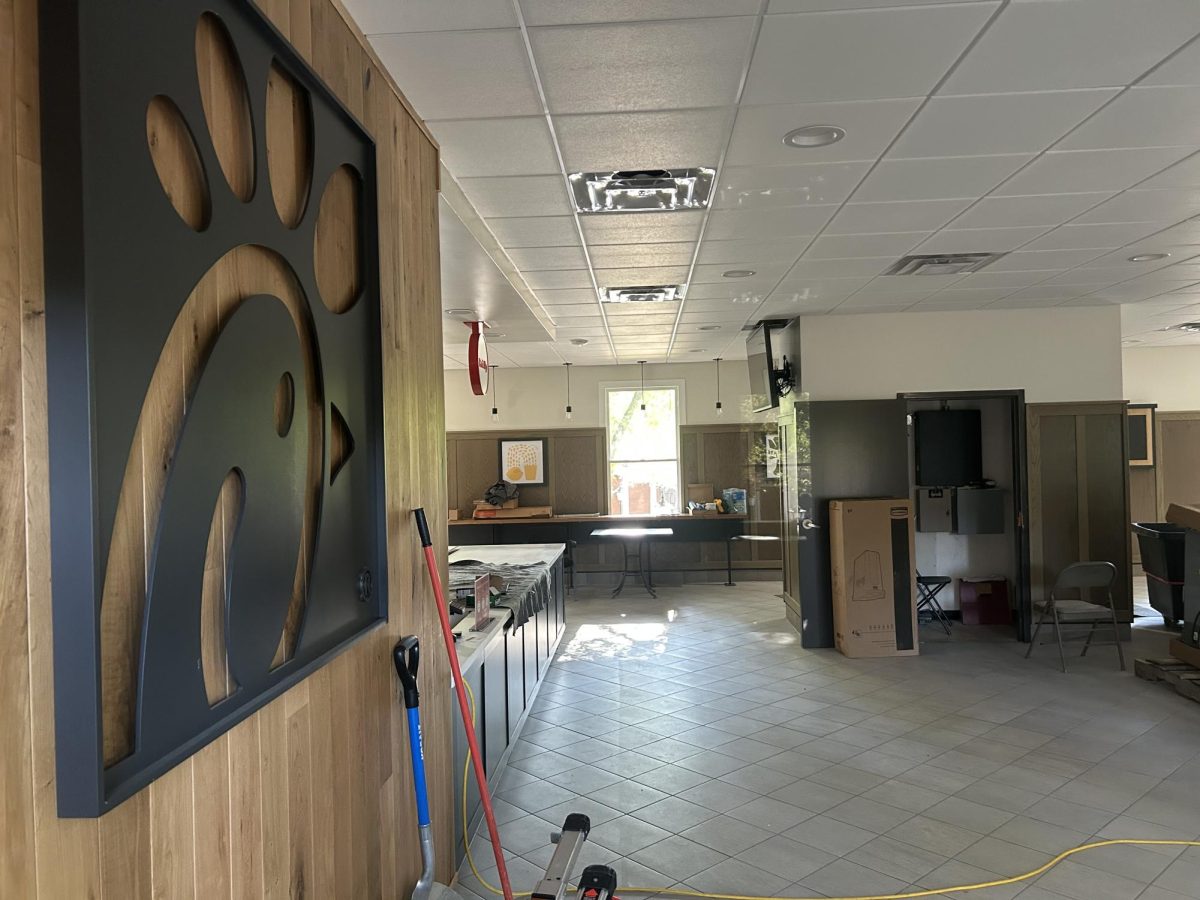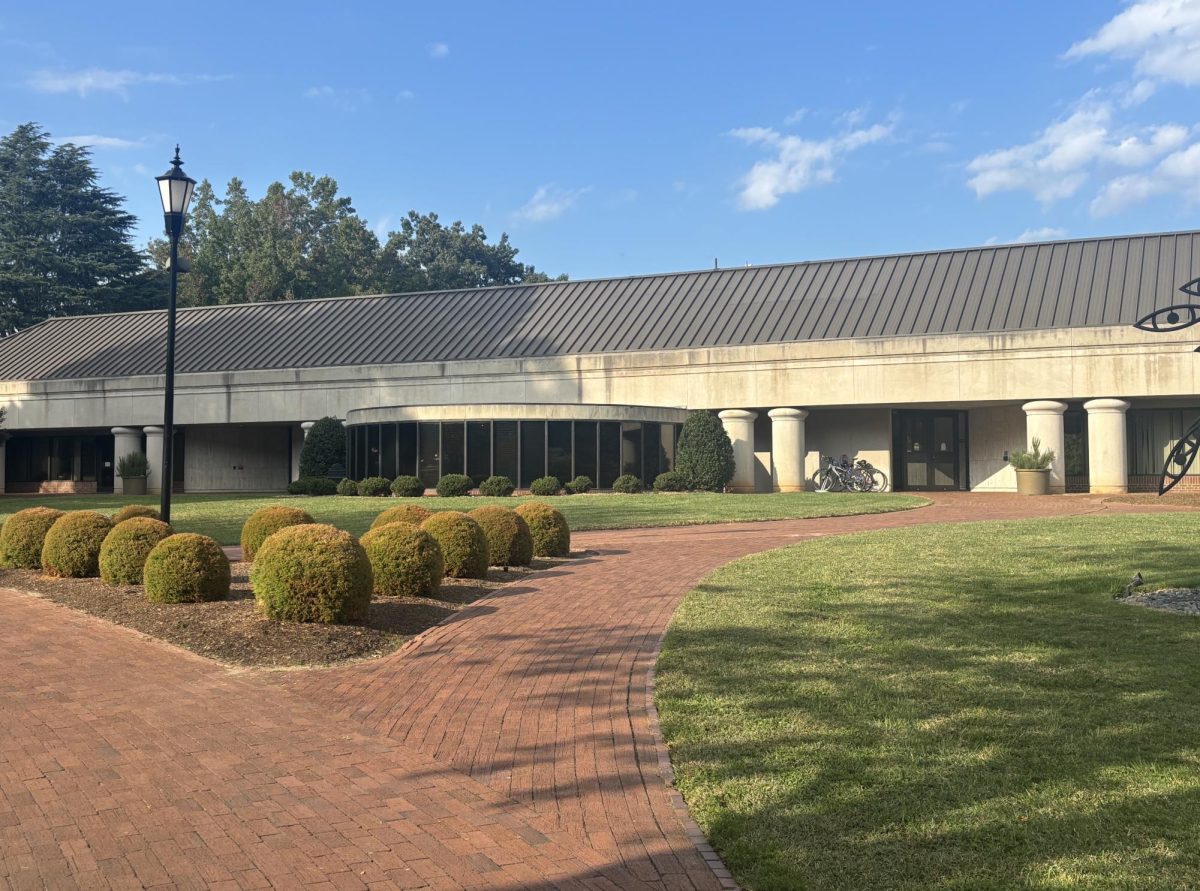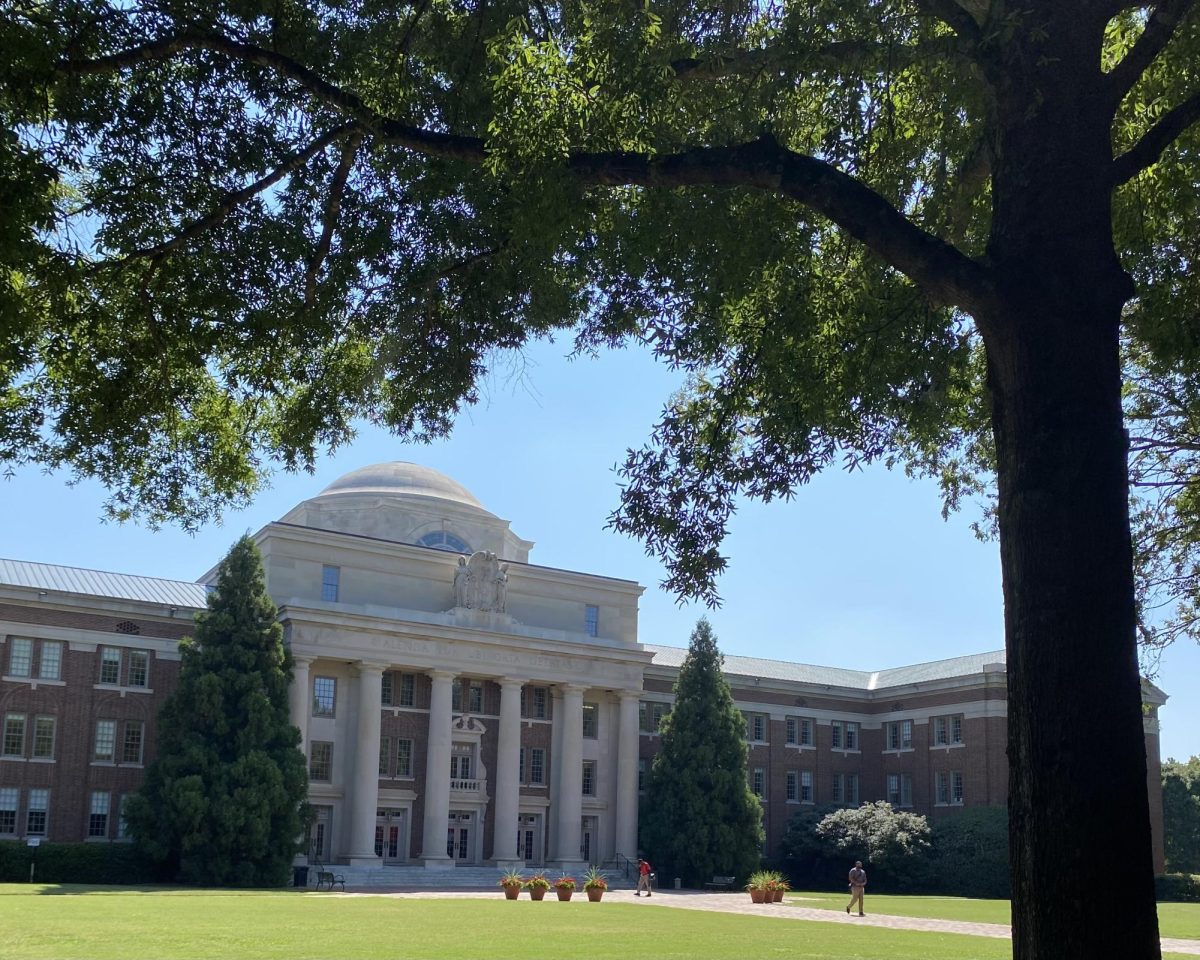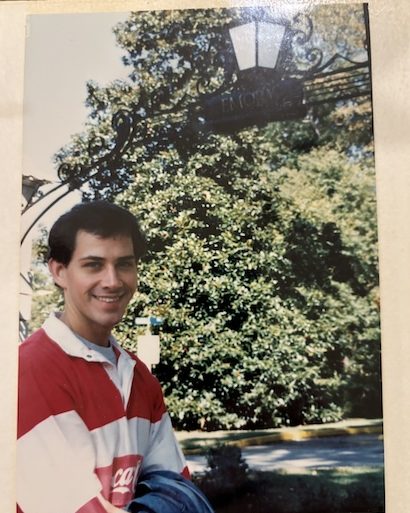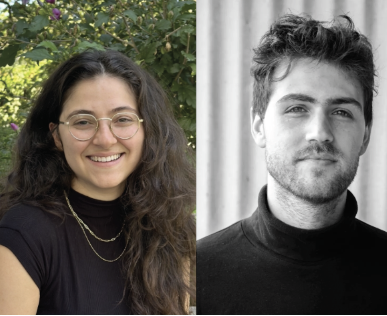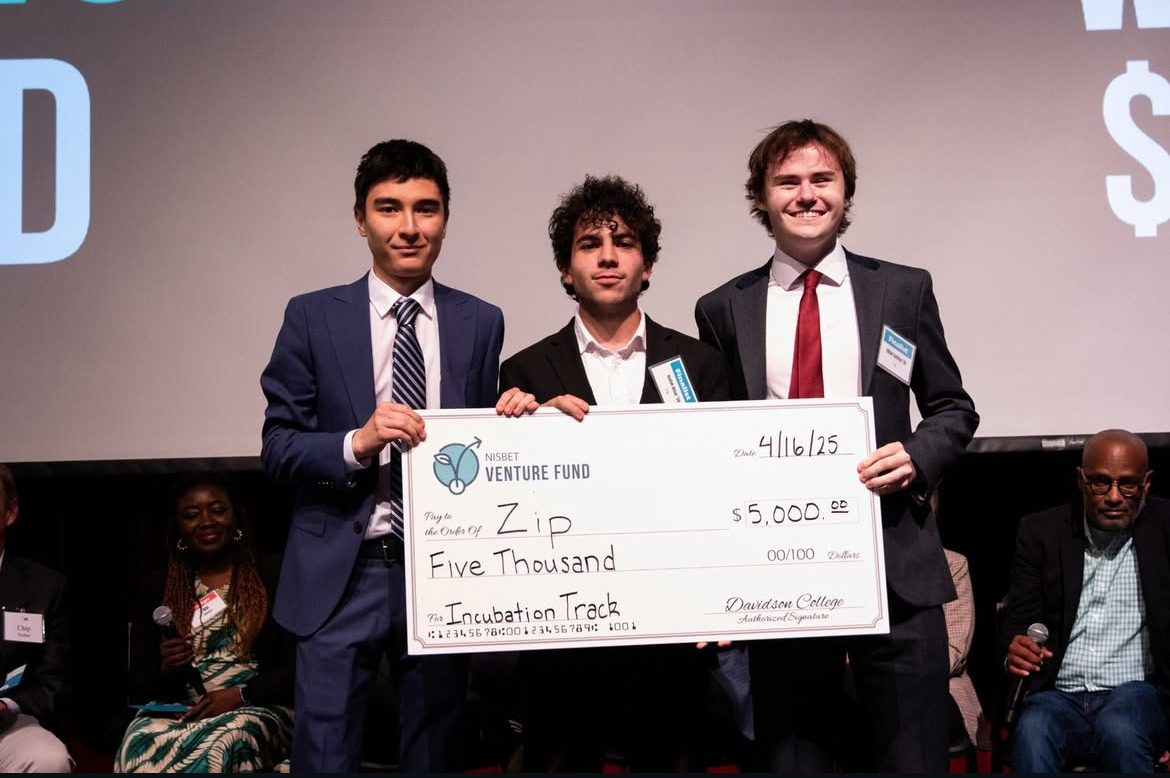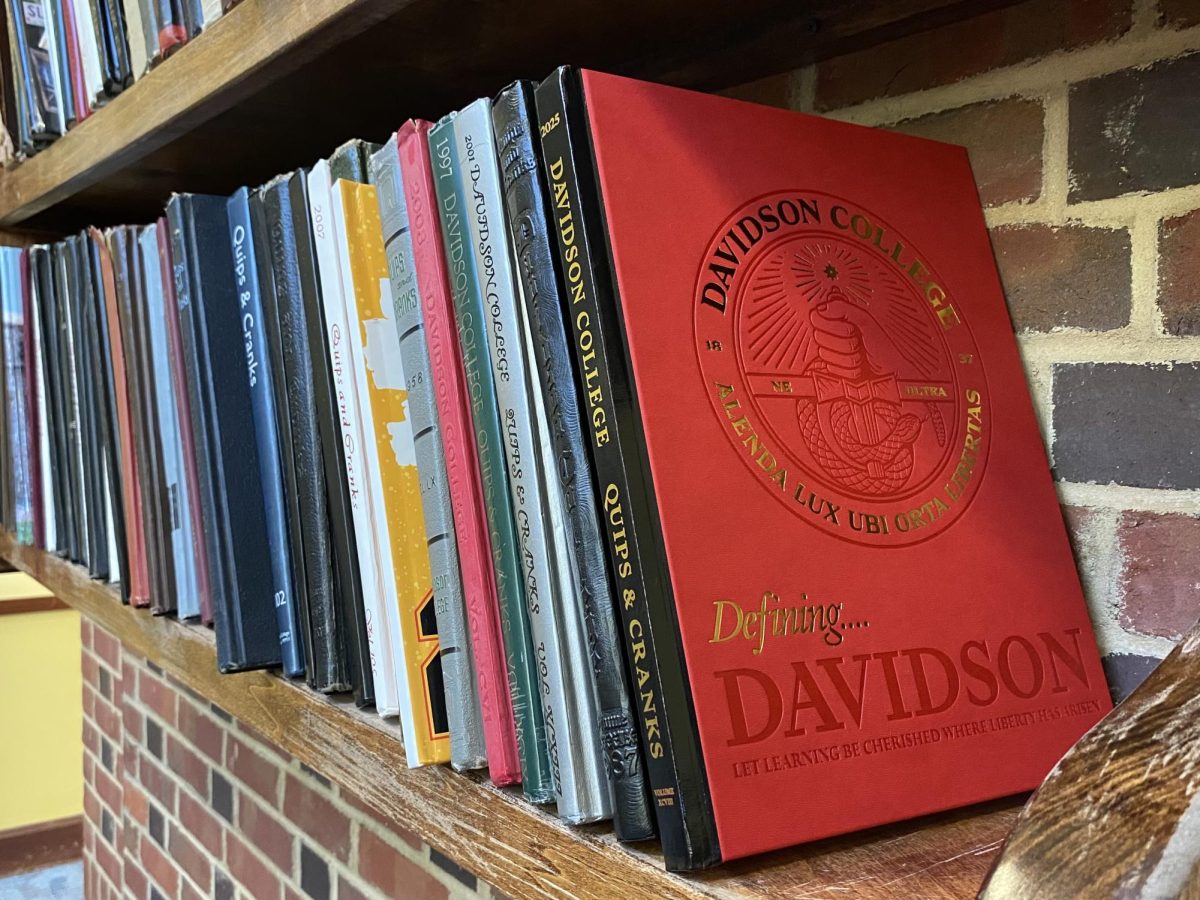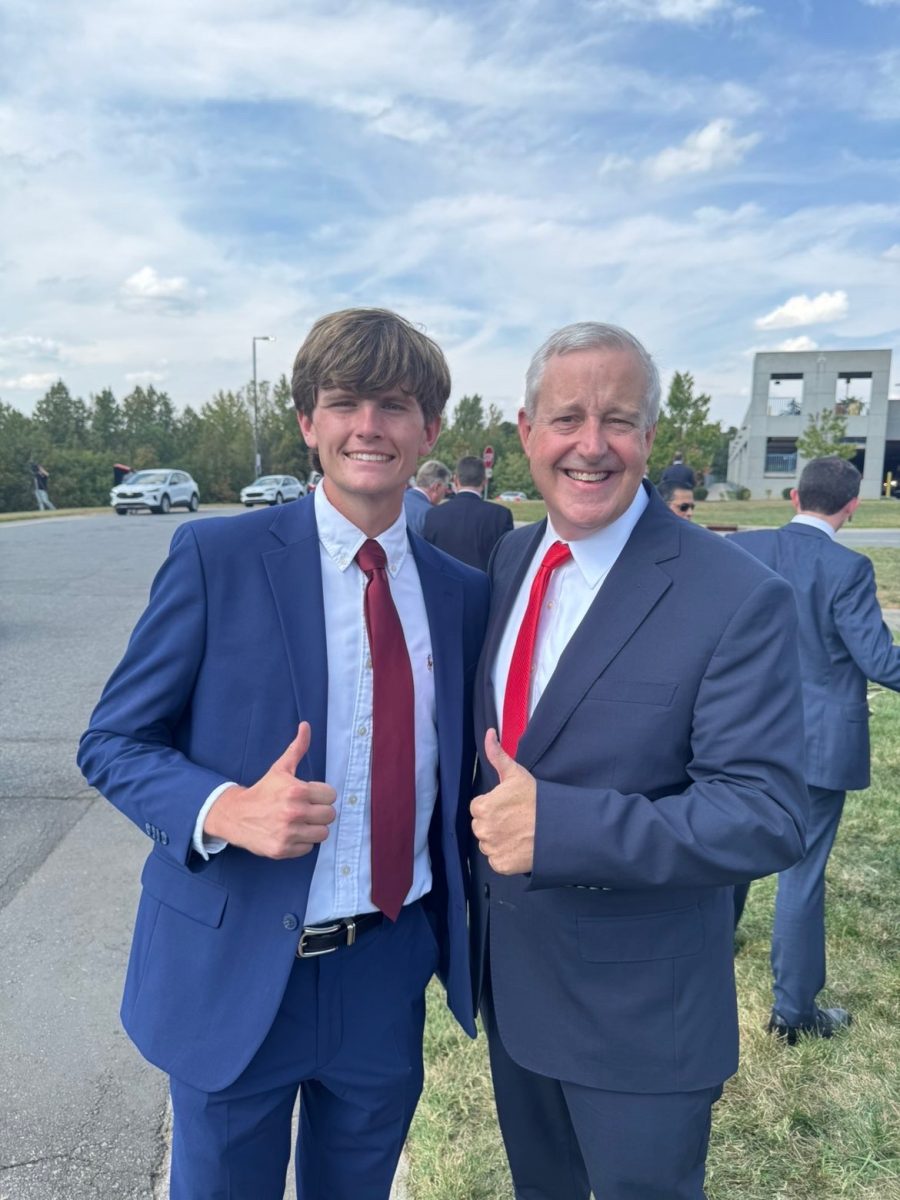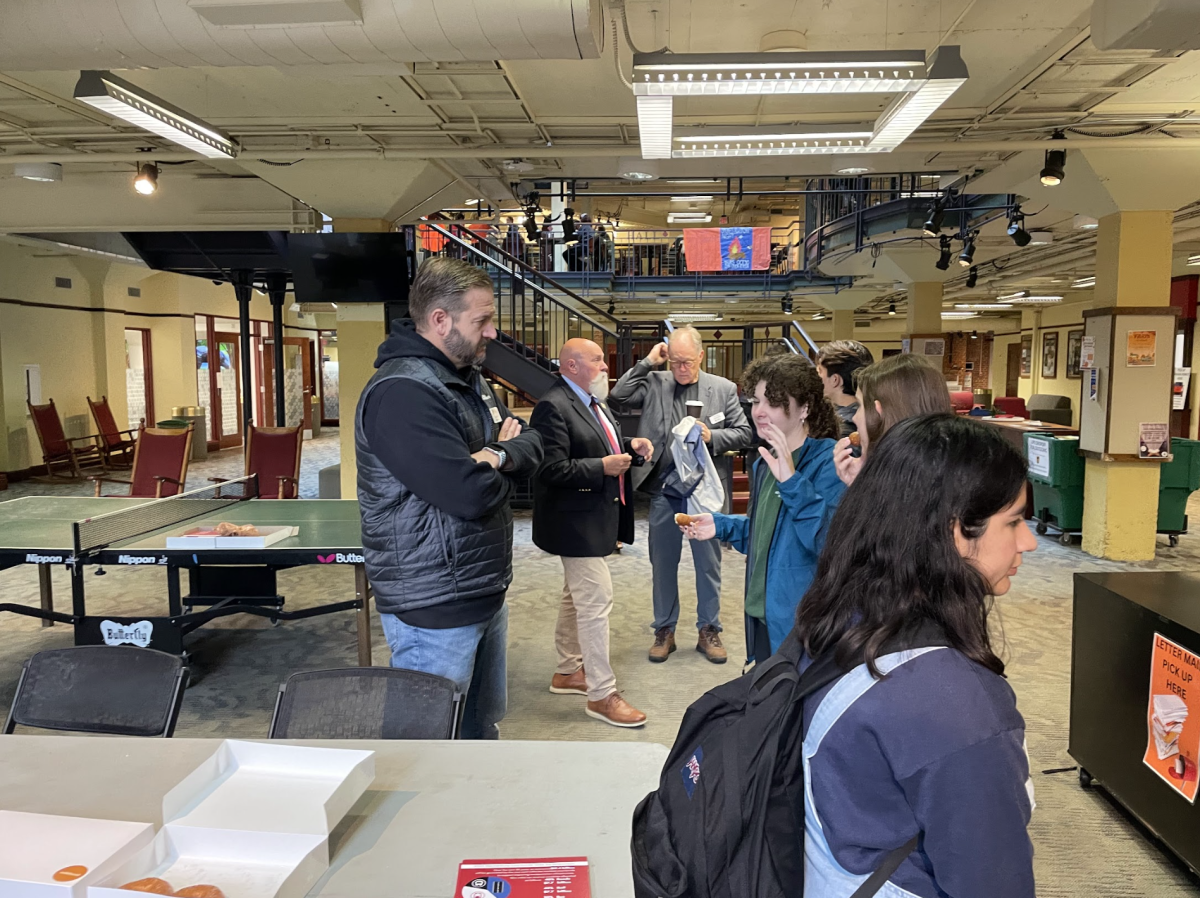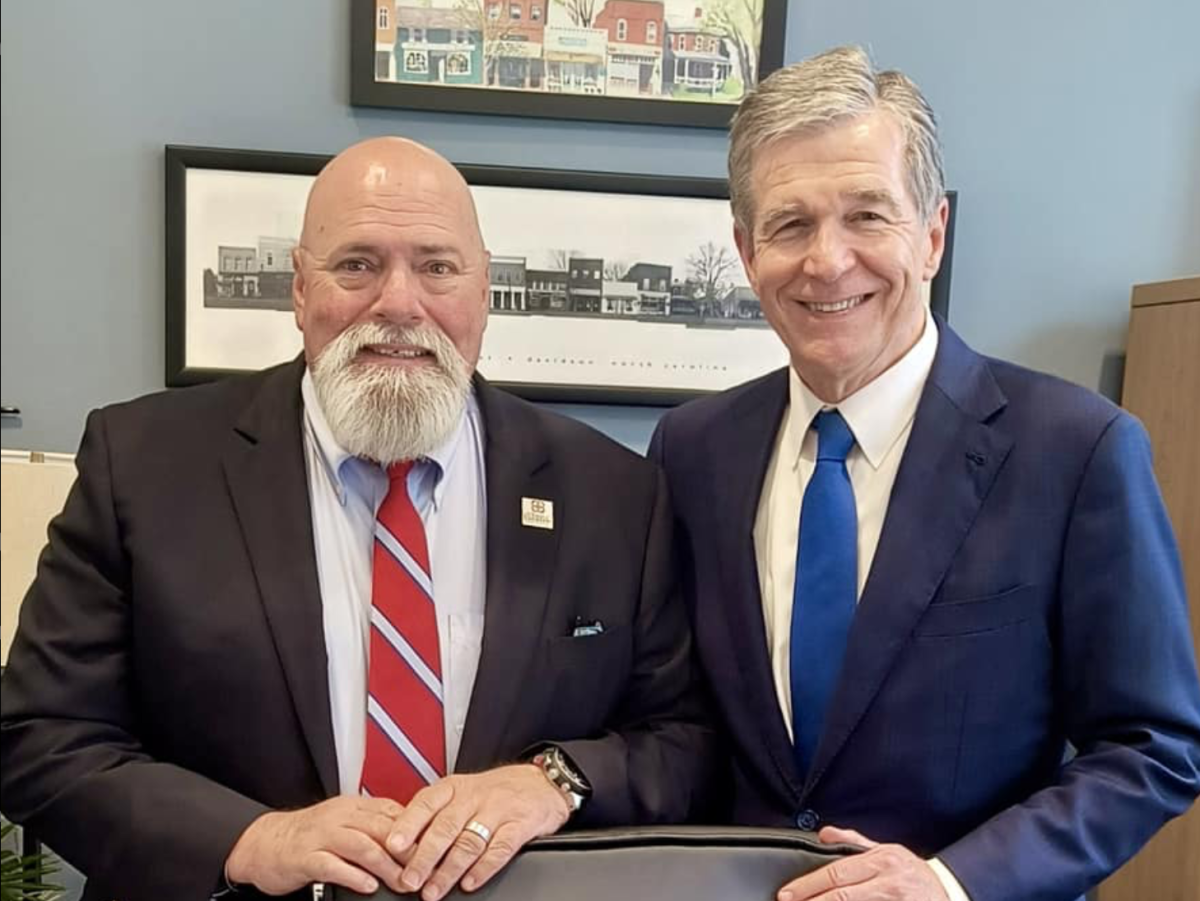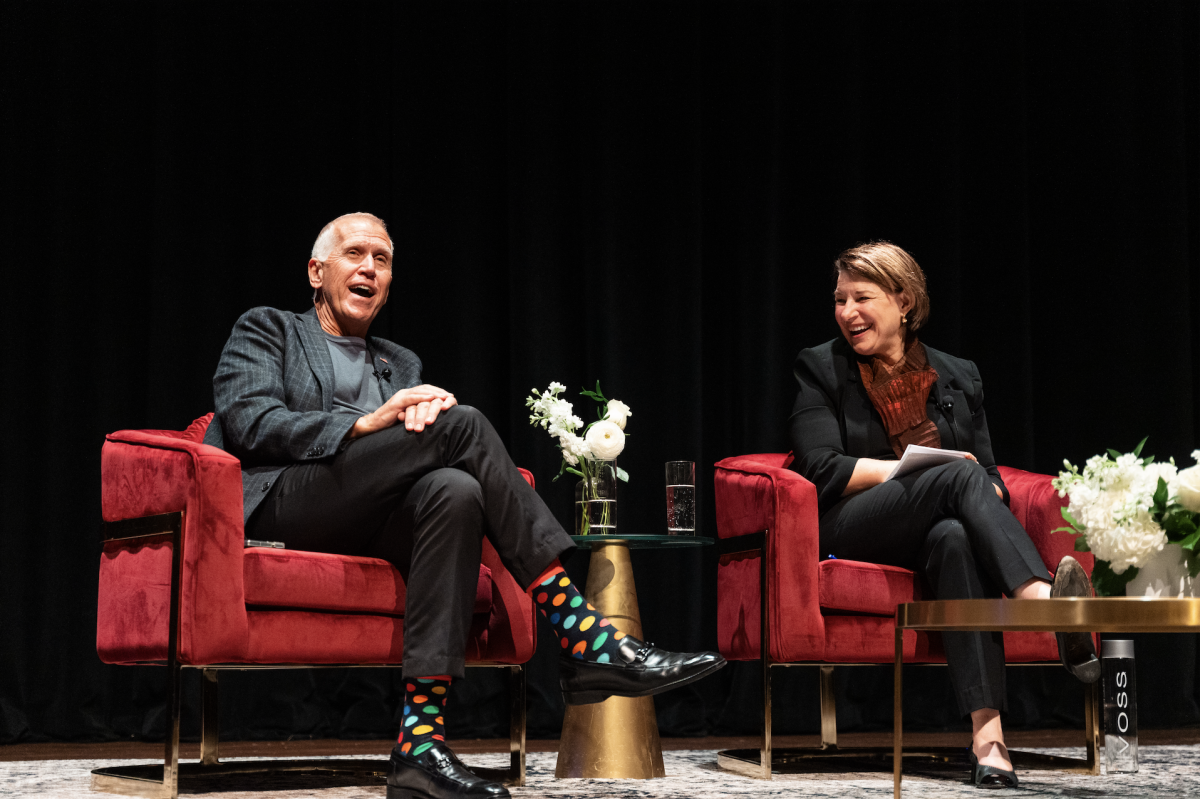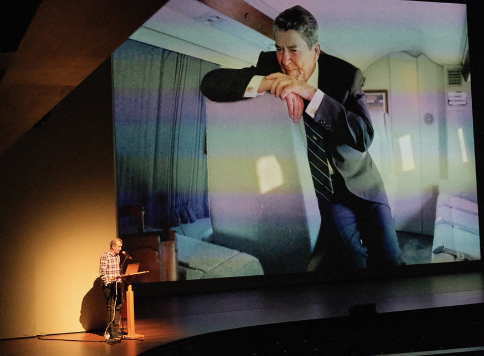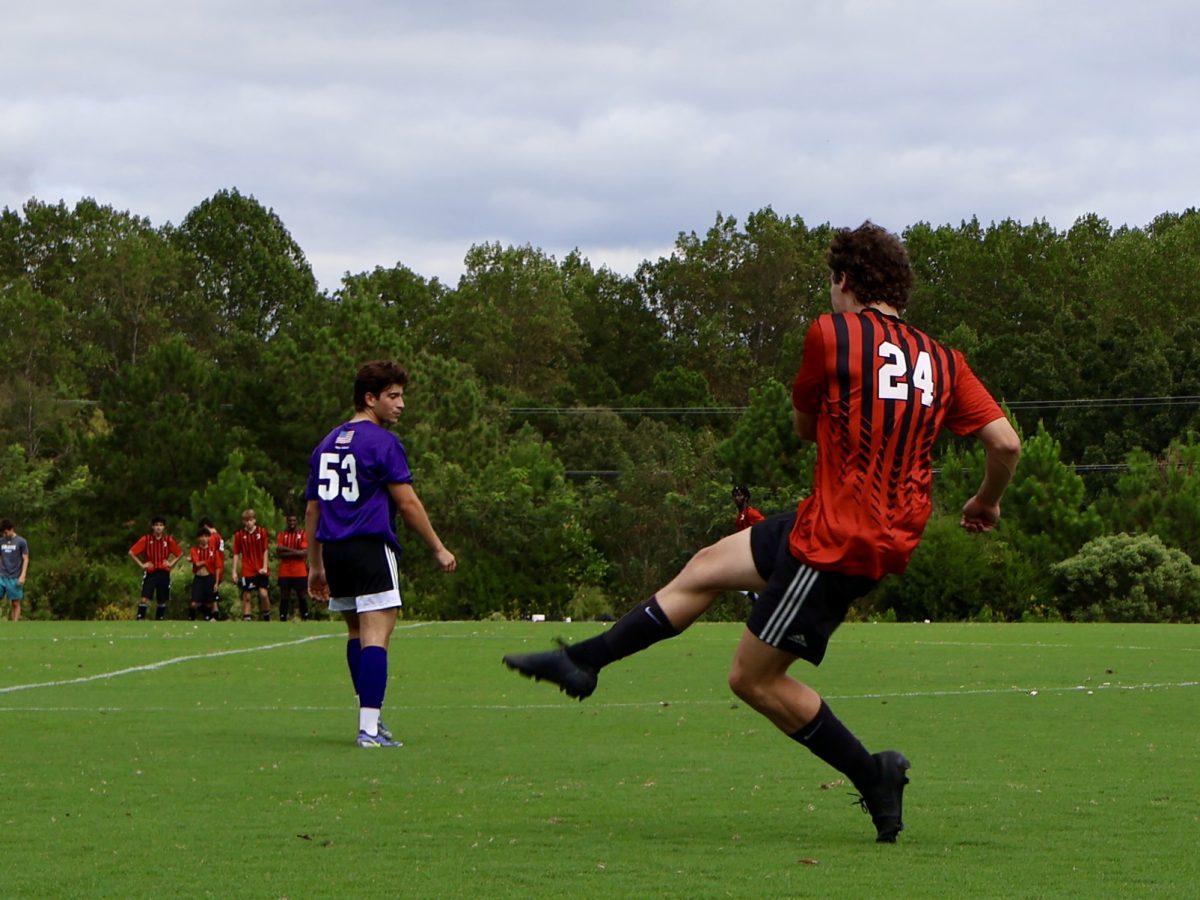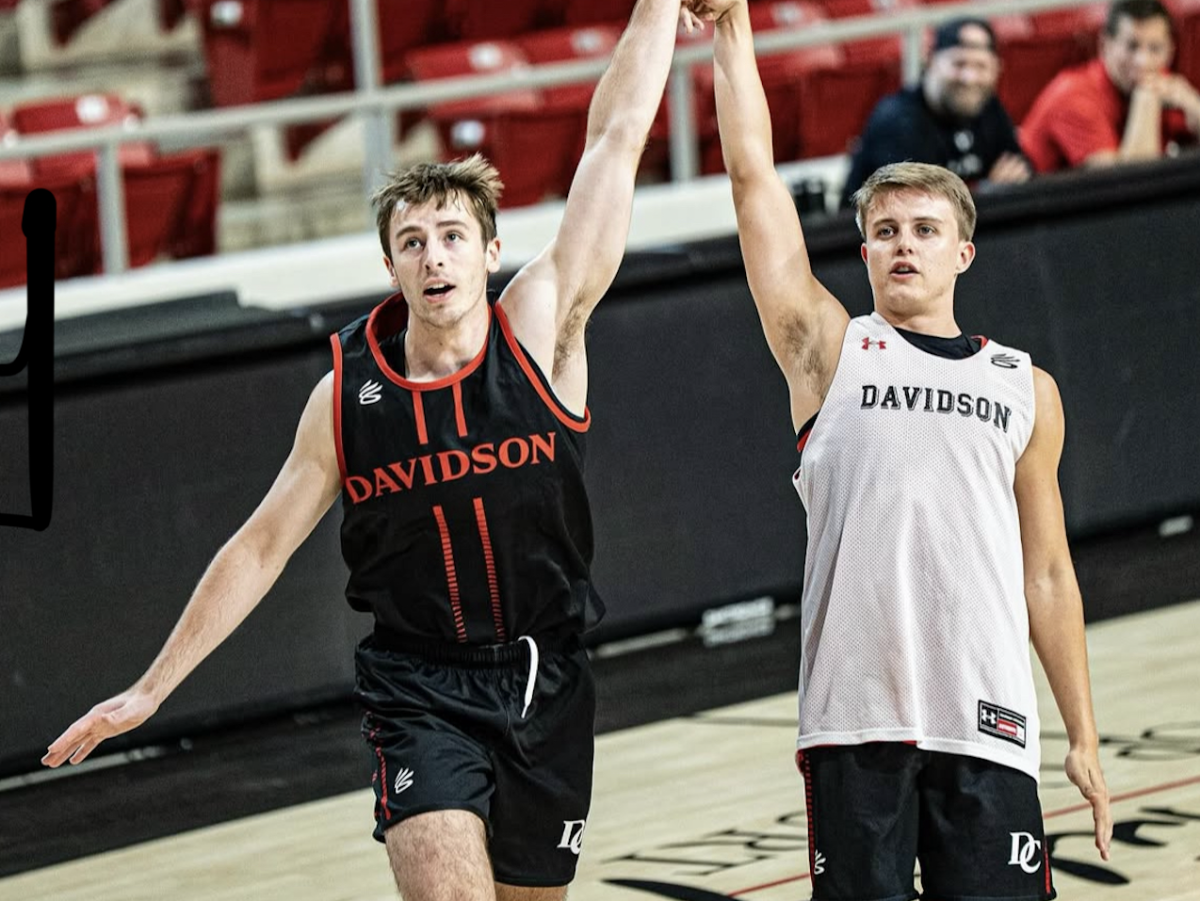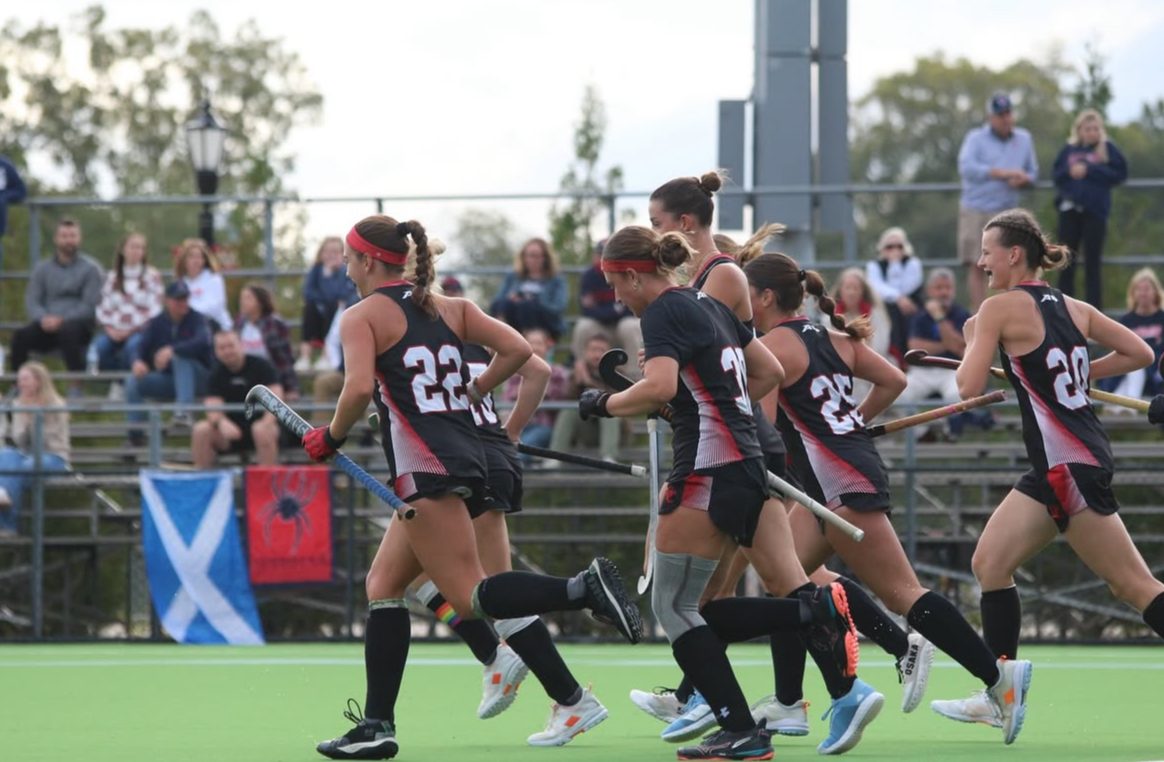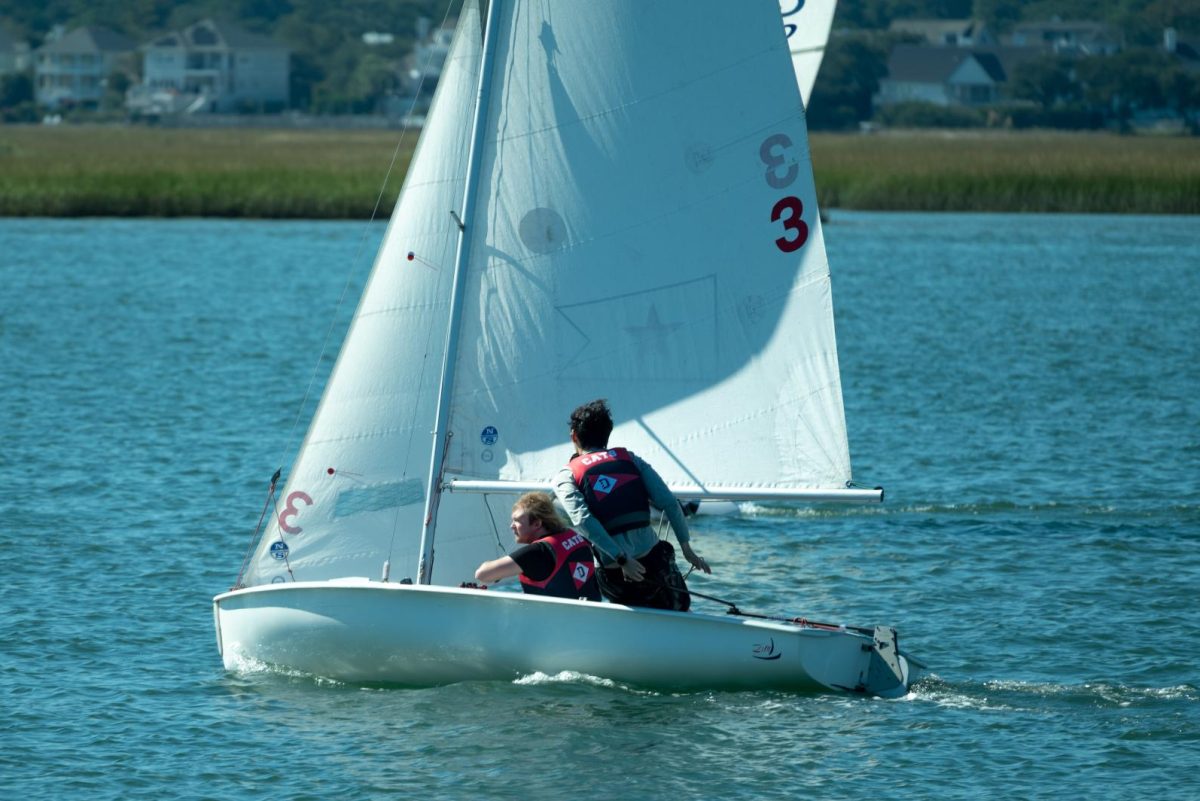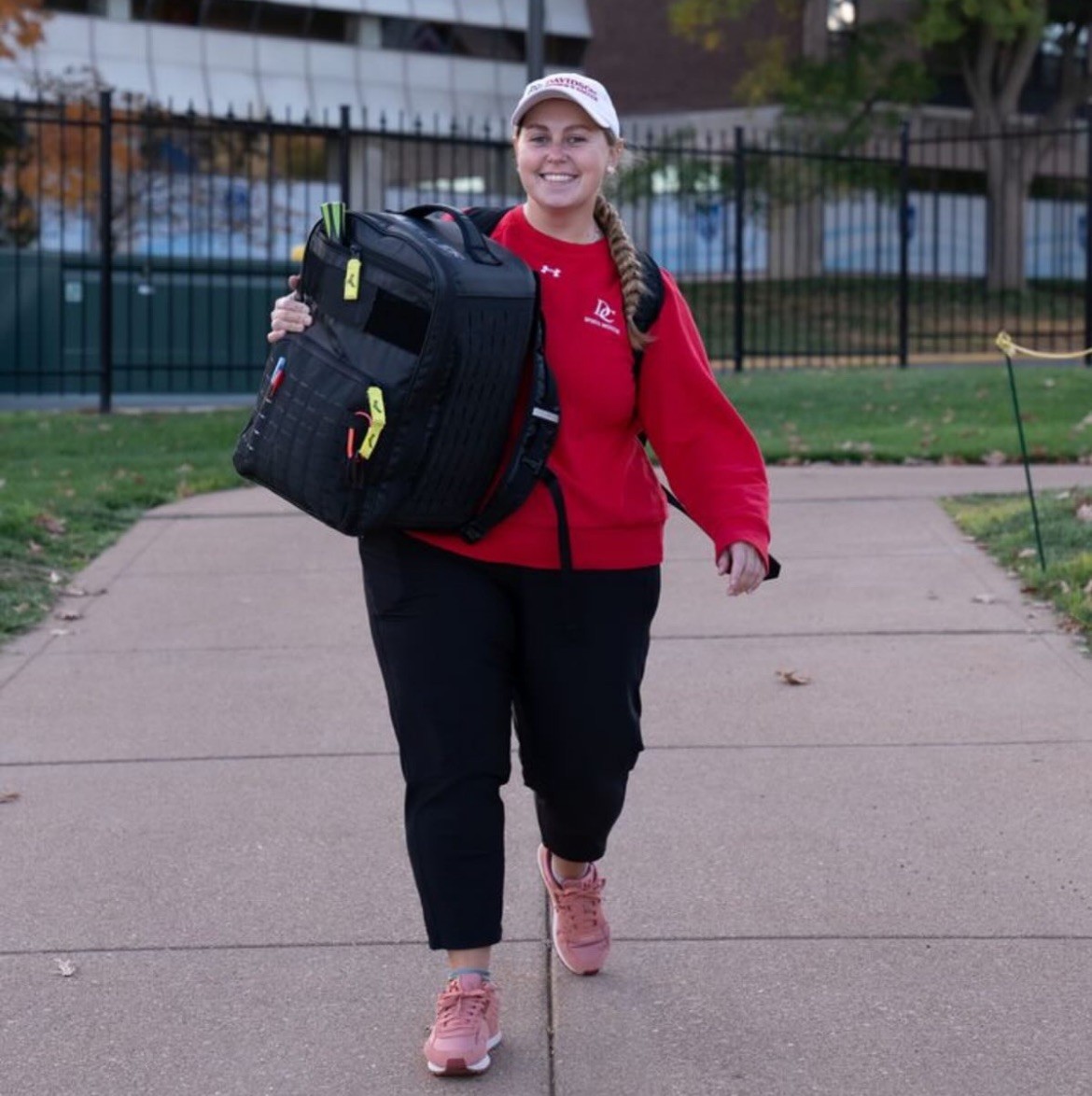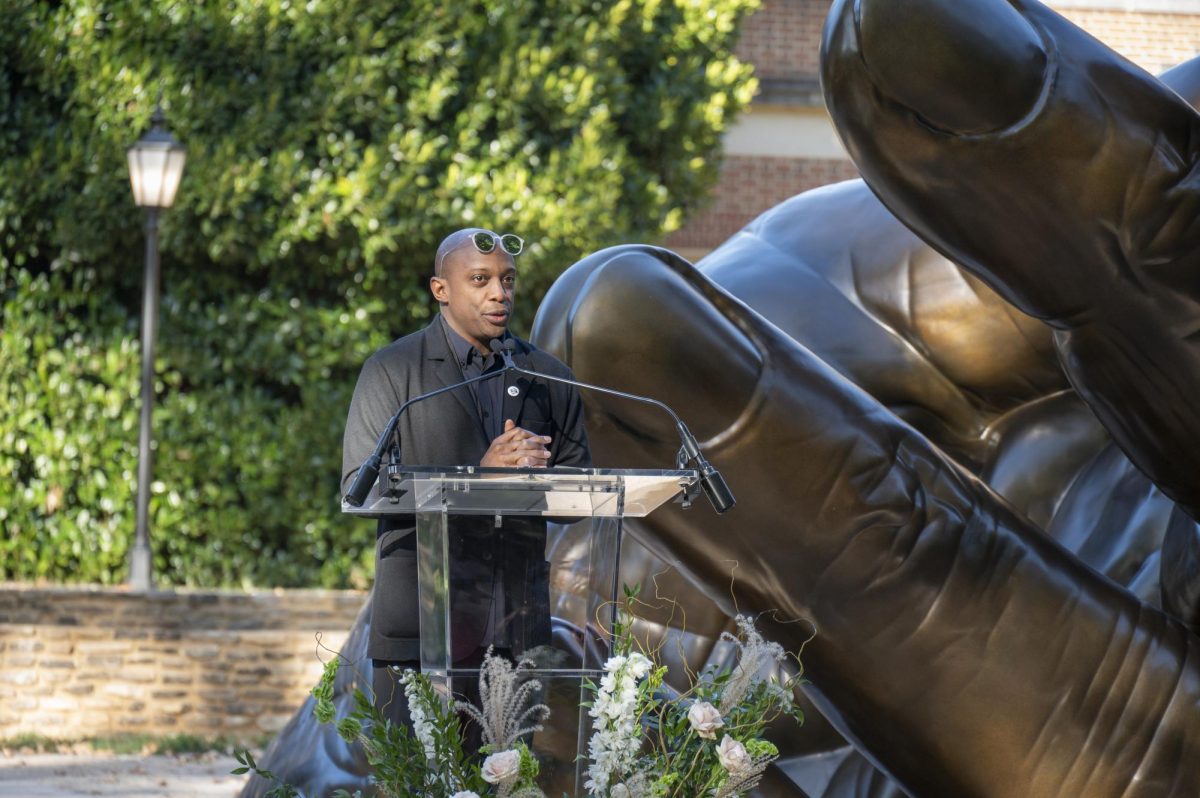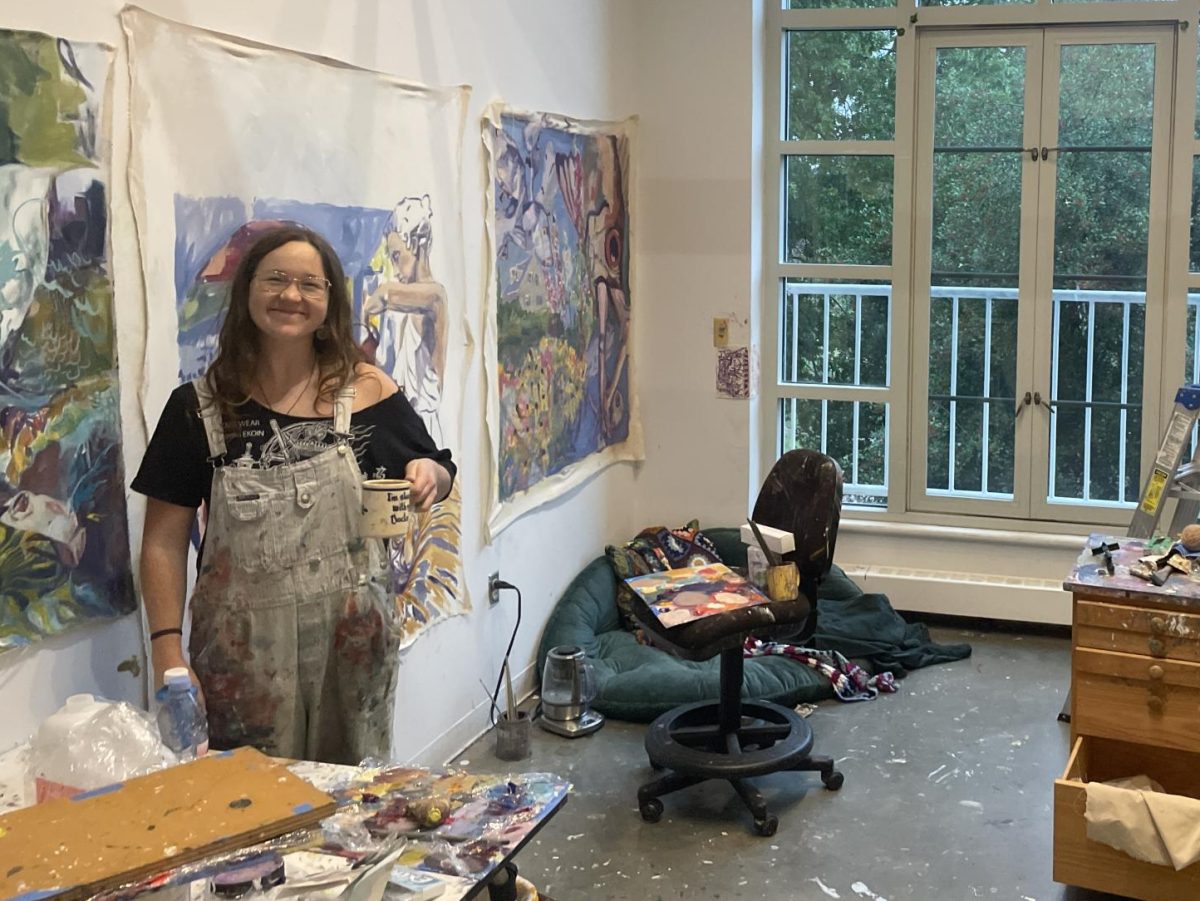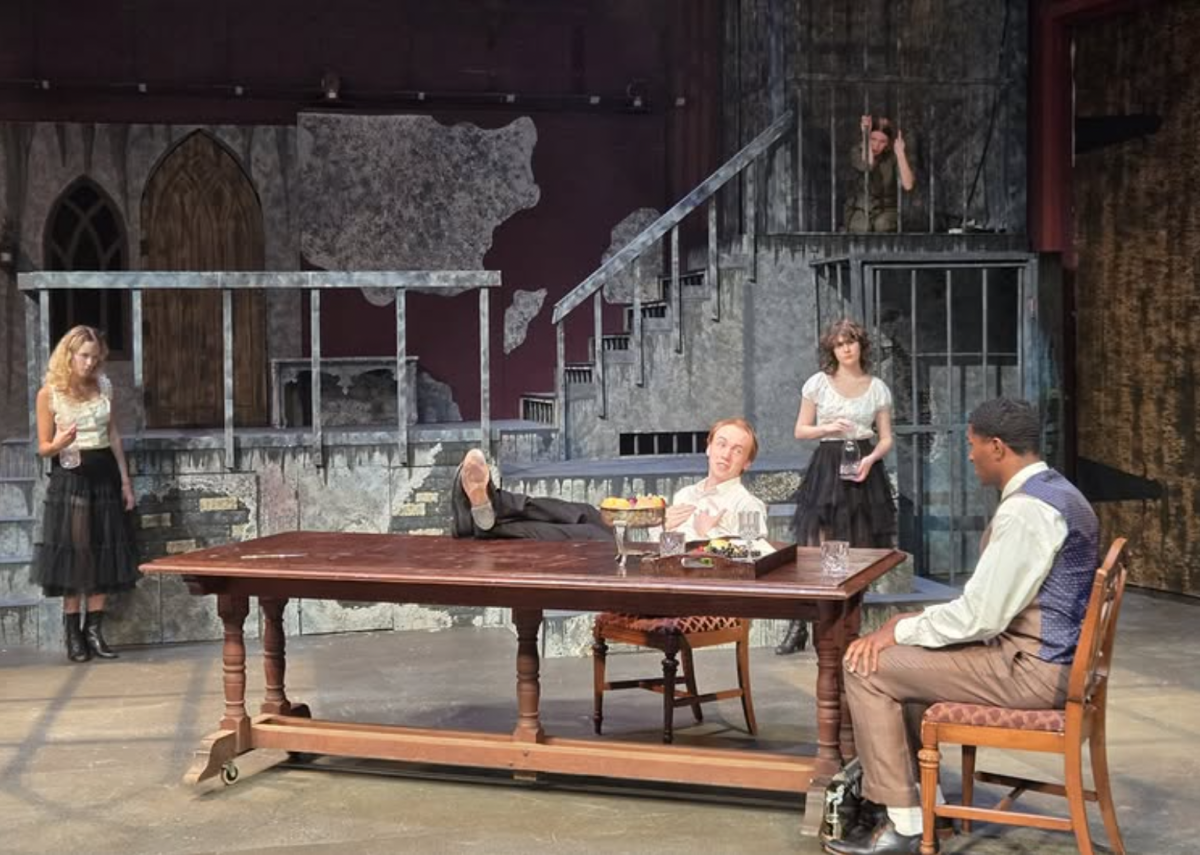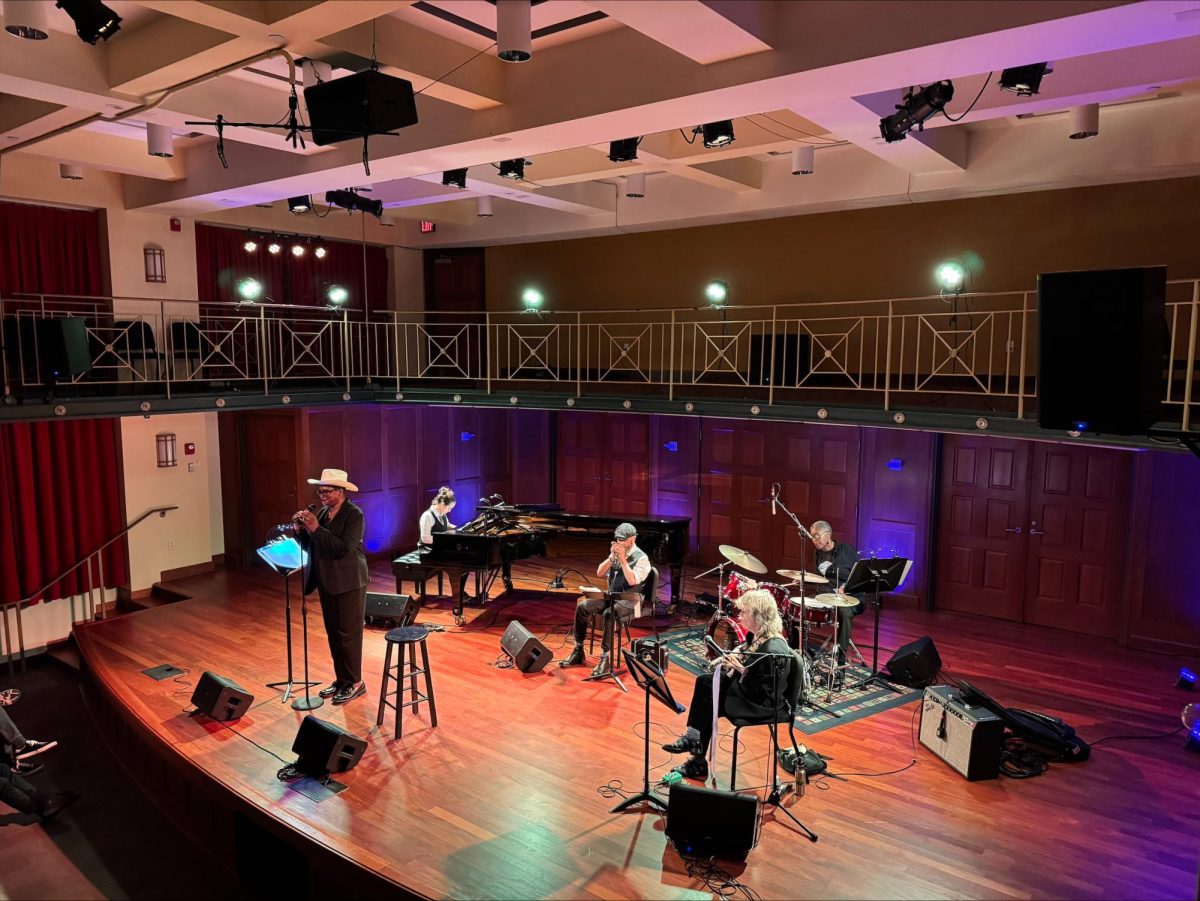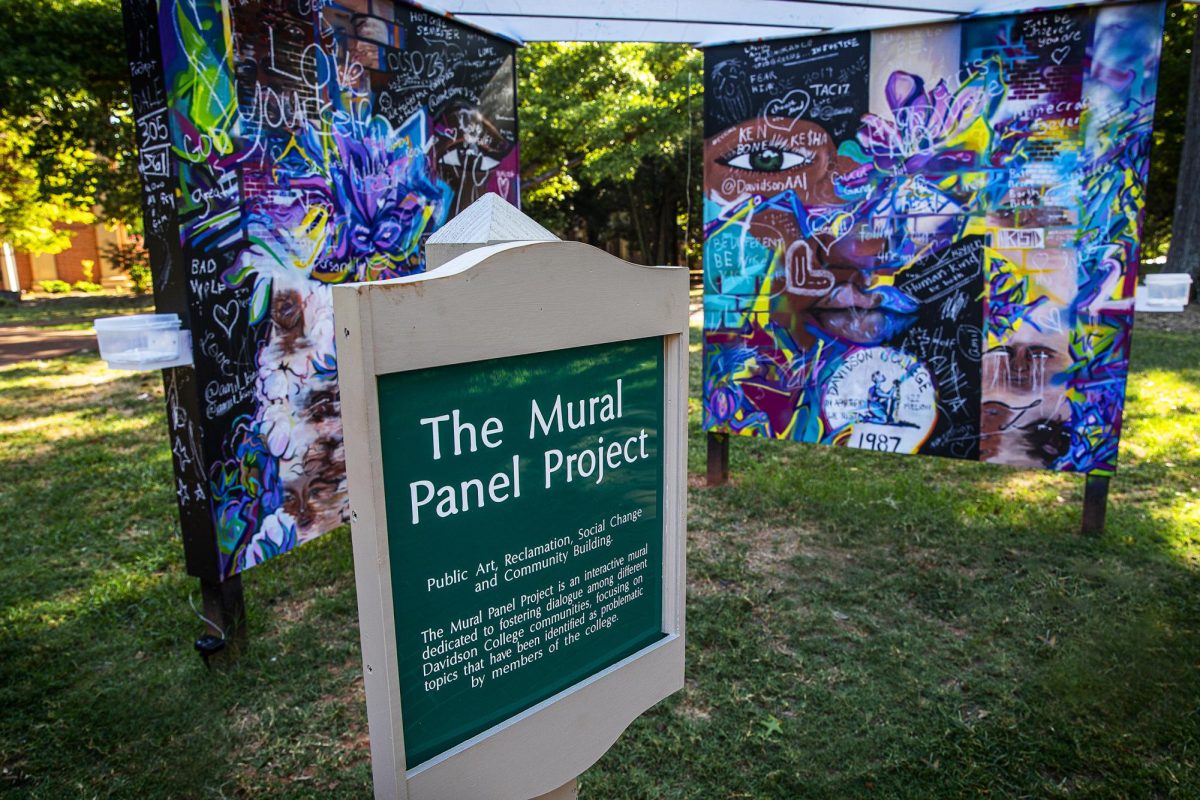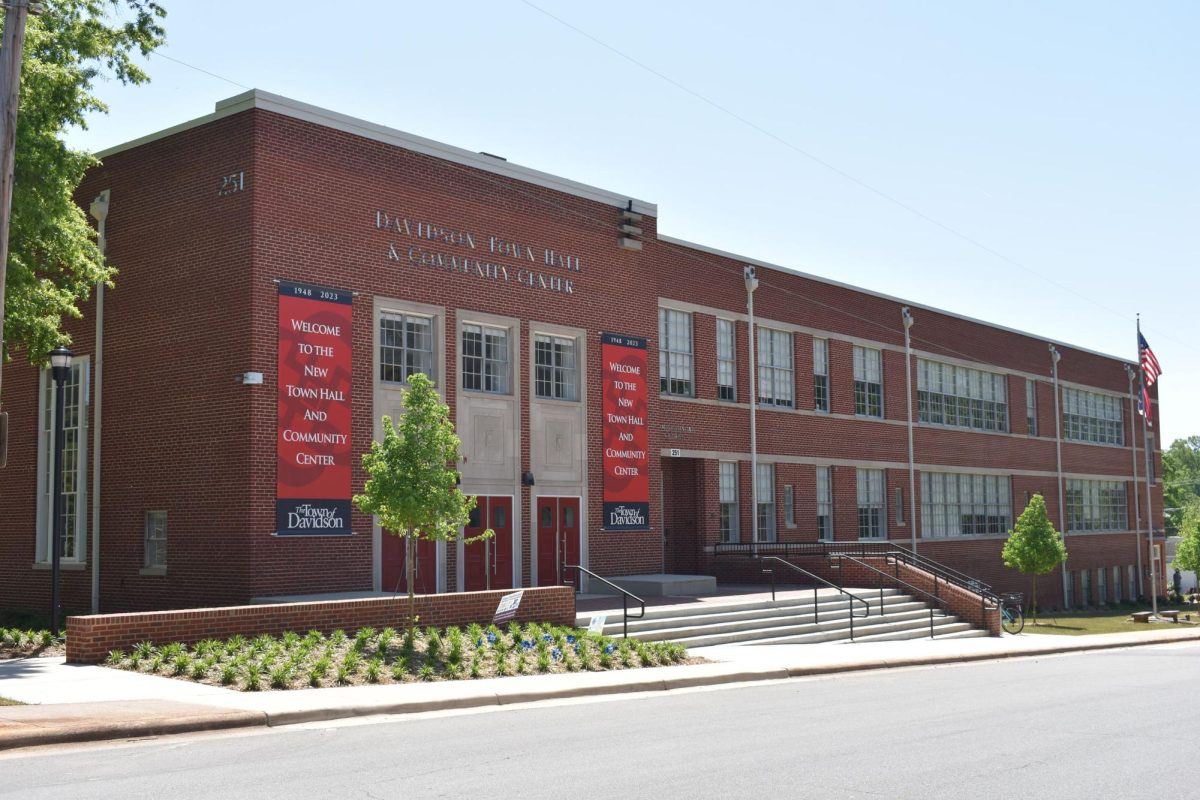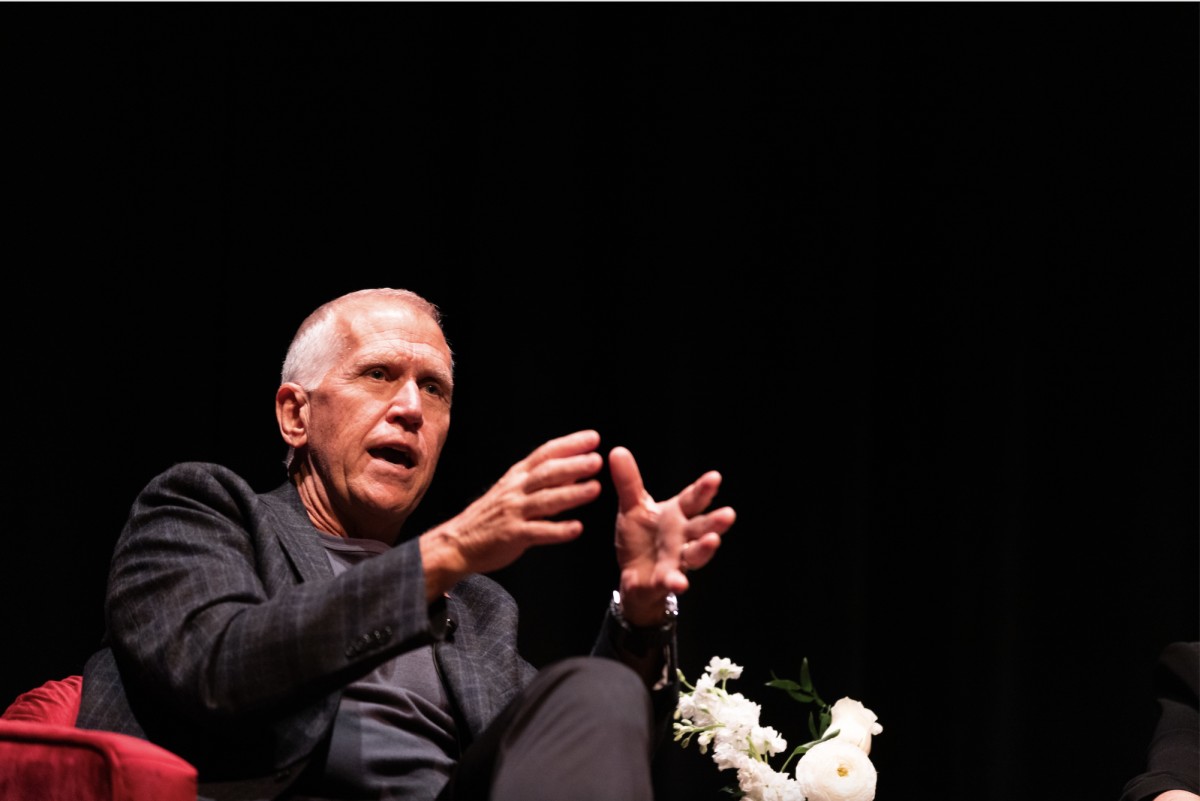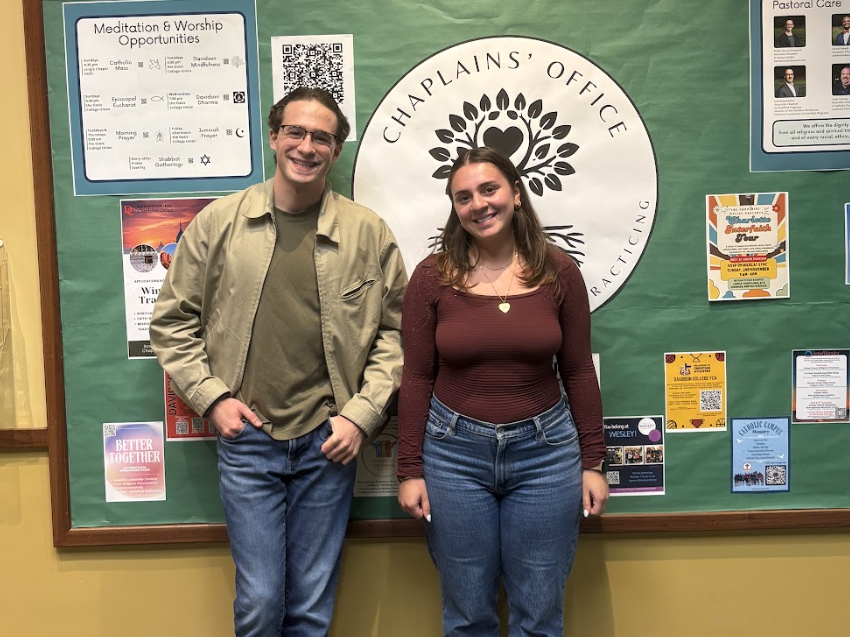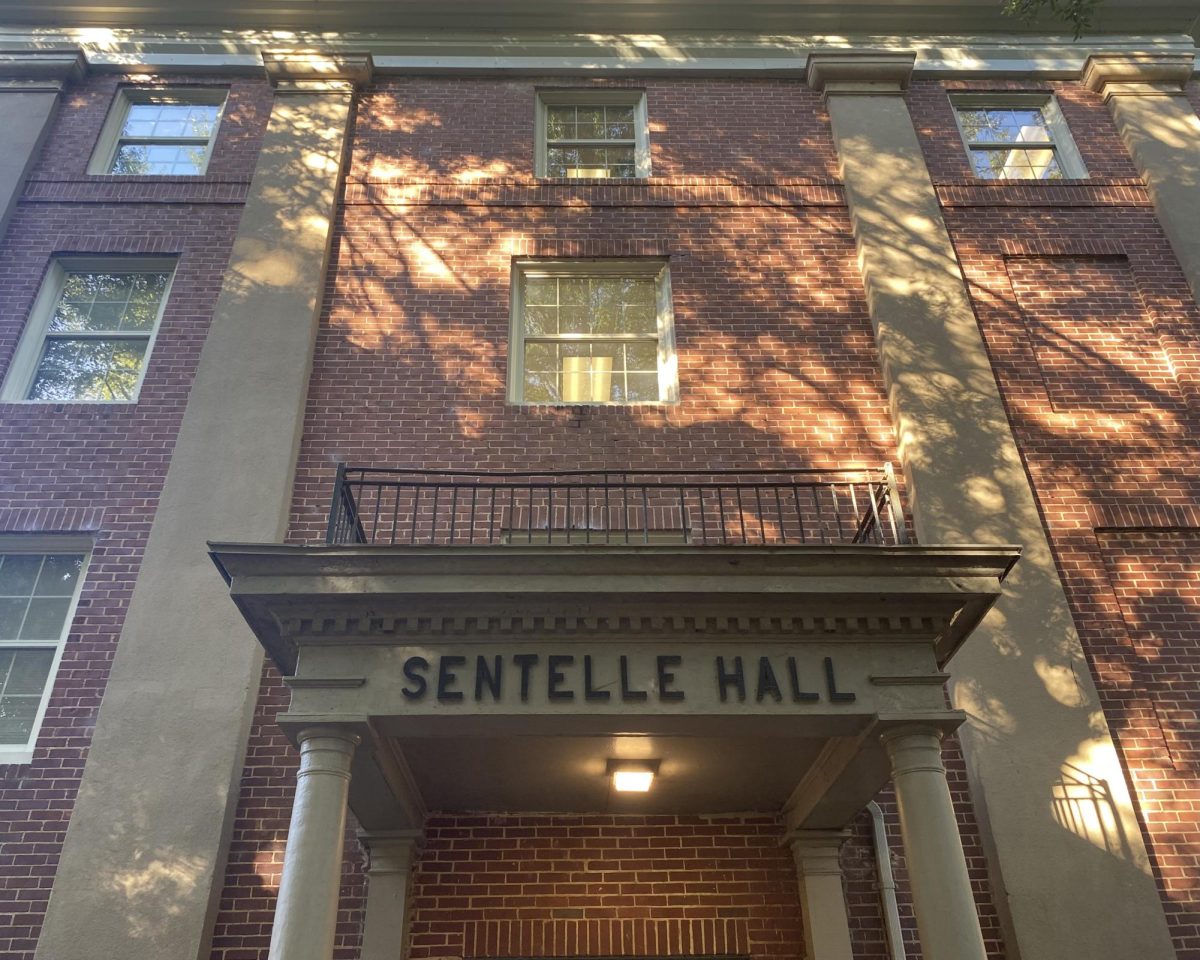Belle Staley ’26 has a lot on her mind. The art major’s senior studio is something of a brain dump; the cozy, paint-splattered walls are covered in pieces inspired by everything from animals to family to mythology. They are also a medium for her to think about her other major, biology.
“I think one of the cool things about painting is you get to capture things that science kind of explains to an excessiveness,” Staley said.
That is not to say Staley has all the answers. Her work blends fact and ambiguity, the latter of which she is more than willing to permit.
“Why I love painting and art so much is because there has to be a balance. I think the mysteries that we allow ourselves to keep are oftentimes the only things that make it exciting to know more,” Staley said. “Because if you don’t let the mystery grow within you, then you’re just toast.”
This commitment to the uncertain starts at the very beginning of Staley’s artistic process, in accepting that the paint can never match what’s in her head.
“I feel like my technique has improved a lot since freshman year […] but it’s still to the point where if I have an image in my head, I cannot execute it to the level I want. And honestly, I’d say that’s the most fun I’ve had with painting, because it’s not about forcing an idea anymore. It’s about recognizing [that] materials have their own voice.”
Questions of nature and consumption, and what it means to exist in that cycle, is a common theme in Staley’s work. “I’m working with this idea of animal skins […] who has the right to hunt, and what is the ethics behind being super distanced from the killings of animals,” she said.
One painting depicts a nursing mother surrounded by vultures and hyenas, combining nature with another common theme of Staley’s: motherhood. “I just liked the idea of motherhood as being like a molding aspect; this creature is latched on to you, and it’s slowly taking your nutrients,” she said.
In true biology major fashion, many of Staley’s works recognize the disturbing and sometimes downright gory aspects of the natural world, but also their necessity to sustaining life.
“I’m really interested in the idea of being tied to nature and what it means to respect the world around us and recognize that there are bad things, but also everything in the world […] has mechanisms to fix itself, but the things that people do don’t necessarily have mechanisms to [fix themselves],” Staley said.
Currently, all of Staley’s works are paintings, but it is not a decision she makes unconsciously. “To be loyal to art versus to be loyal to a material is an interesting conflict,” she said. “Because I might have an idea that might be better executed as a sculpture, but if I’m like ‘I need to paint this,’ it’s going to start to take a different form.”
Staley is also acutely aware—despite her wealth of ideas—of the limitations not just in her medium but in artistic practice as a whole.
“You have to constantly be observing how your painting is working and recognizing it’s just about letting go,” Staley said. “Instead of art making being a process of adding, adding, adding, usually it’s letting go until you find something that speaks remotely to what you went out for. That’s my experience, at least.”
Oftentimes this process spans weeks and means combining ideas that come to Staley at different times. “Art making as a form of communicating with yourself, as in ‘I will do something,’ and I’m like ‘what was that?’ And then I have to figure out how to respond to it,” she said.
Fortunately for Staley, the process is made easier by having a dedicated studio space. “It’s super special we have these because there is something about making art [in] a space [where] you’re excited,” she said. “When I’m here, I feel like I’m entering my own mind.”
The studios, which are given to each studio art major, were a big reason why Staley chose the program over other degree paths. “I am applying to MFA programs, but I mean, this is kind of, this is the goal,” she said.
But ultimately, what keeps Staley turning back to painting is her passion for the medium and expressing her ideas.
“I think if you like something, you paint it better. And if you don’t like it, you don’t paint it very good, unless you’re really good. My mom always says that about food, too. […] So my mom makes terrible mashed potatoes, and I can’t paint buildings.”

